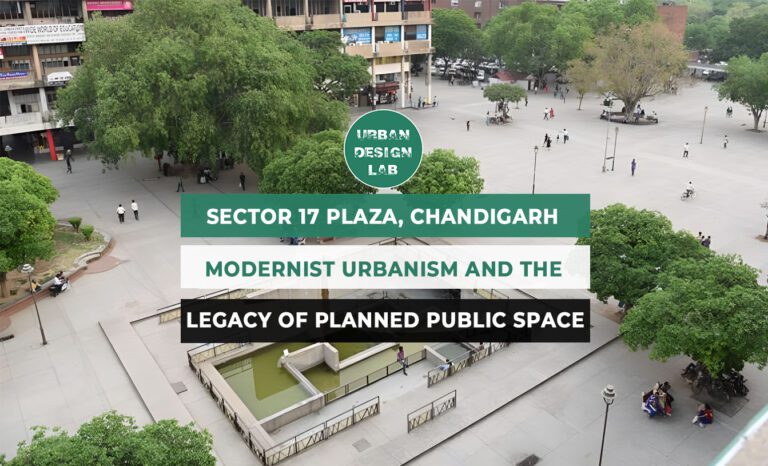
Bouregreg Waterfront – Rabat’s Cultural District Emerges on the River
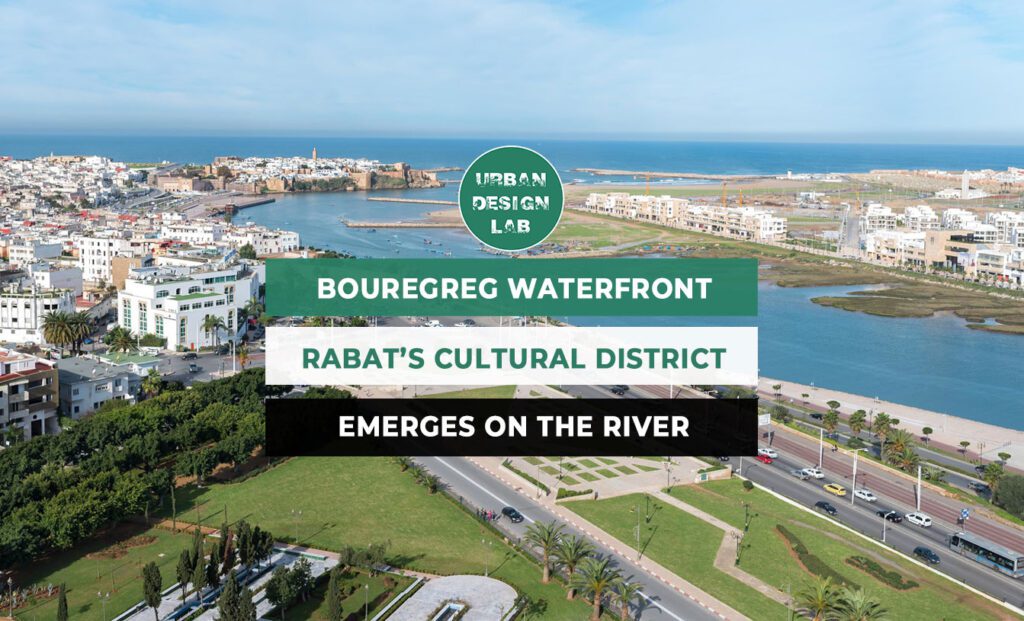
The Bouregreg Waterfront project is a major urban and cultural redevelopment initiative located between Morocco’s capital, Rabat, and its sister city, Salé. Centered on the Bouregreg River, the project aims to transform the valley into a dynamic cultural and metropolitan hub that bridges history and modernity. Driven by the Bouregreg Valley Development Agency, the initiative blends infrastructure, cultural landmarks, and urban renewal to revitalize the riverbanks and connect the two cities. The article highlights two transformative projects: the Grand Théâtre de Rabat and the Rabat-Salé Tramway, as case studies of this broader vision. Overall, the Bouregreg Waterfront symbolizes Morocco’s aspiration for a connected, inclusive, and forward-looking urban space that celebrates its rich cultural legacy while embracing modern development.
Rabat and Salé – Between Two Cities
The Bouregreg River, a historically liminal threshold between Rabat and Salé, operates not merely as a geographic separator but as a symbolic palimpsest upon which Morocco’s contested modernities have been inscribed. Rabat, the political and administrative capital anchored along the Atlantic coast, manifests the formal apparatus of the postcolonial state—its axial planning, monumentalism, and institutional density reinforcing a narrative of national modernity. In contrast, Salé, its densely woven twin across the river, retains the spatial texture of an Islamic medina: narrow alleys, communal courtyards, and a lived heritage encoded in its morphology.
Together, the cities articulate a spatial dialectic—Rabat as the curated expression of governance and global visibility; Salé as the organic archive of historical continuity and subaltern urban life. The Bouregreg River, once a boundary of marginalization and infrastructural neglect, is now being reimagined as a connective tissue, a performative landscape through which state-led urbanism seeks to merge tradition with transformation. Yet, beneath this veneer of integration lies a critical tension: whether such urban redevelopment can truly foster socio-spatial equity, or whether it reinforces the hegemony of a centralized, image-driven capital at the expense of the cultural autonomy and spatial practices of its counterpart.
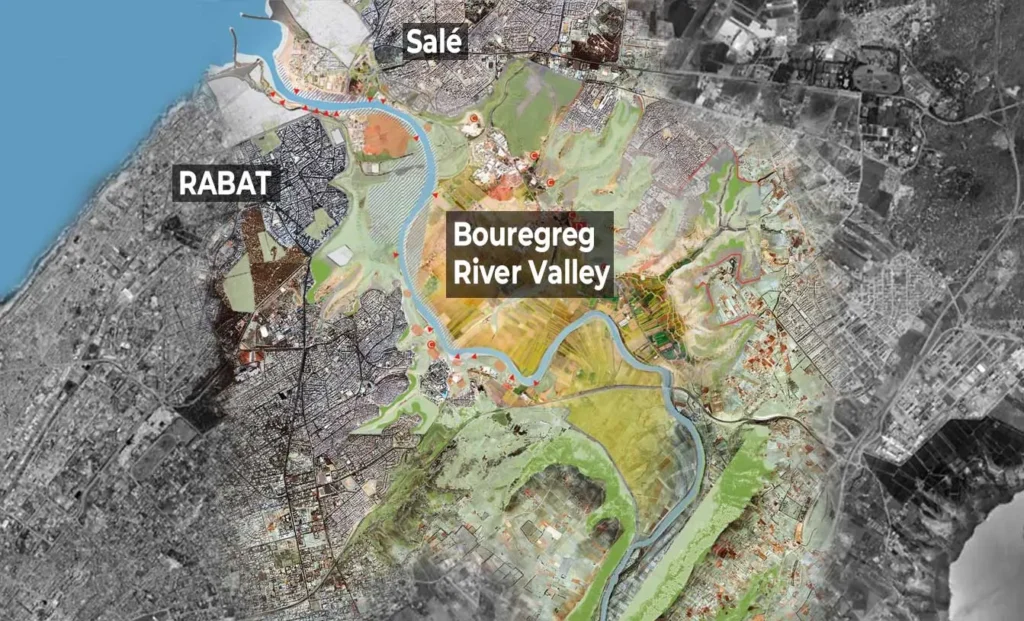
The Bouregreg Valley Development Project
Conceived in the early 2000s as a flagship urban transformation initiative, the Bouregreg Valley Development Project represents Morocco’s strategic effort to recalibrate the spatial, socio-cultural, and ecological relations between Rabat and Salé. Positioned at the intersection of heritage conservation and developmental ambition, the project enacts a form of state-sponsored urbanism—mobilizing architecture, infrastructure, and landscape design as instruments of territorial integration and national image-making.
In 2006, the Moroccan state institutionalized this vision through the establishment of the Bouregreg Valley Development Agency (Agence pour l’Aménagement de la Vallée du Bouregreg – AAVB). Unlike conventional municipal planning bodies, the AAVB operates as a quasi-autonomous public authority, endowed with exceptional legal and financial prerogatives to bypass fragmented governance and expedite large-scale implementation. This reflects a broader trend toward “agencification” in urban governance, where centralized state actors deploy specialized agencies to produce high-visibility spaces of spectacle and economic promise.
Officially, the project is anchored in four guiding principles:
-
Environmental stewardship of the river valley
-
Social and civic development through inclusive public infrastructure
-
Conservation and adaptive reuse of architectural heritage
-
Improvement of local quality of life through upgraded amenities and spatial equity
Yet, these ambitions raise unresolved questions: Whose heritage is being preserved? Who defines “quality of life”? And to what extent is civic development genuinely participatory? As with many large-scale urban interventions, the Bouregreg Valley Project is as much about spatial justice as it is about national branding—where architecture becomes a proxy for legitimacy, and landscap
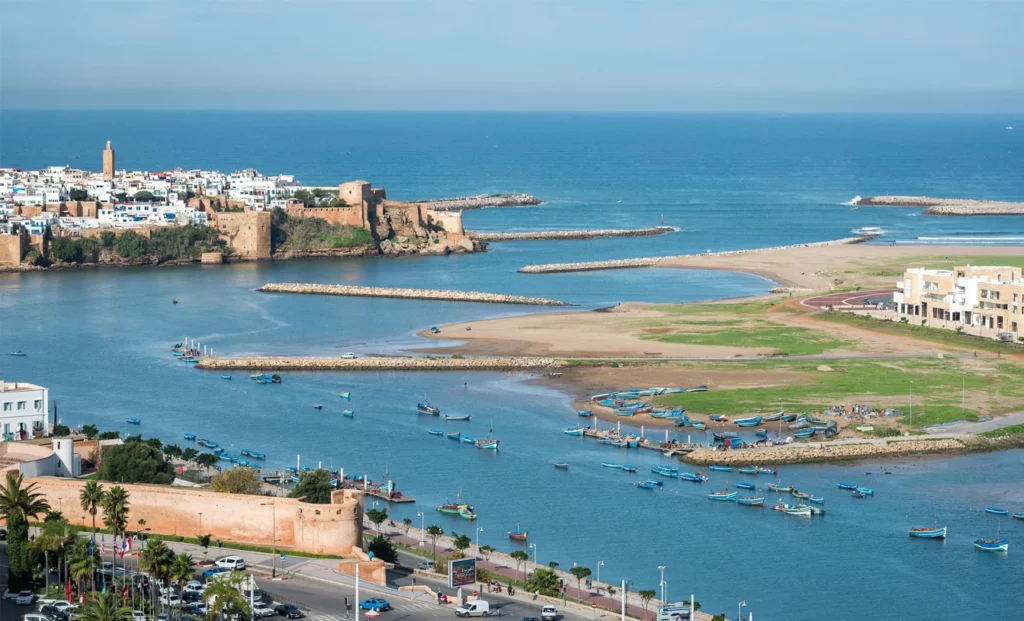
Source: Website Link
The Master Plan – A New Urban Vision
A crucial step in the valley’s transformation came with the adoption of the Plan d’Aménagement Spécial de la Vallée du Bouregreg (PAS). This master plan lays out a vision to turn the river into a vibrant axis of sustainable development.
The PAS organizes the valley’s transformation around five integrated sectorial strategies:
- Blue Plan – Water systems and the river ecosystem
- Green Plan – Parks, green corridors, and agriculture
- Gray Plan – Roads, mobility, and infrastructure
- Ochre Plan – Historical and archaeological preservation
- White Plan – Urbanization, housing, and civic architecture
The valley is further divided into six development zones, or urban sequences, each tailored to specific functions:
- Sequence I – The Bab Al Bahr is a self-sustained city with high-quality facilities and public spaces.
- Sequence II – Amwaj is a real estate and tourist complex.
- Sequence III – Qasbat Abi Raqraq which is a cultural and ecological zone on the floodplain.
- Sequence IV – Sahrij Al Oued is a predominantly agricultural plain with future potential.
- Sequence V – Al Menzah Al Kabir is a strategic plateau reserved for long-term development.
- Sequence VI – Belvédères de Hsaïn is a transitional area linking new developments with city centers.
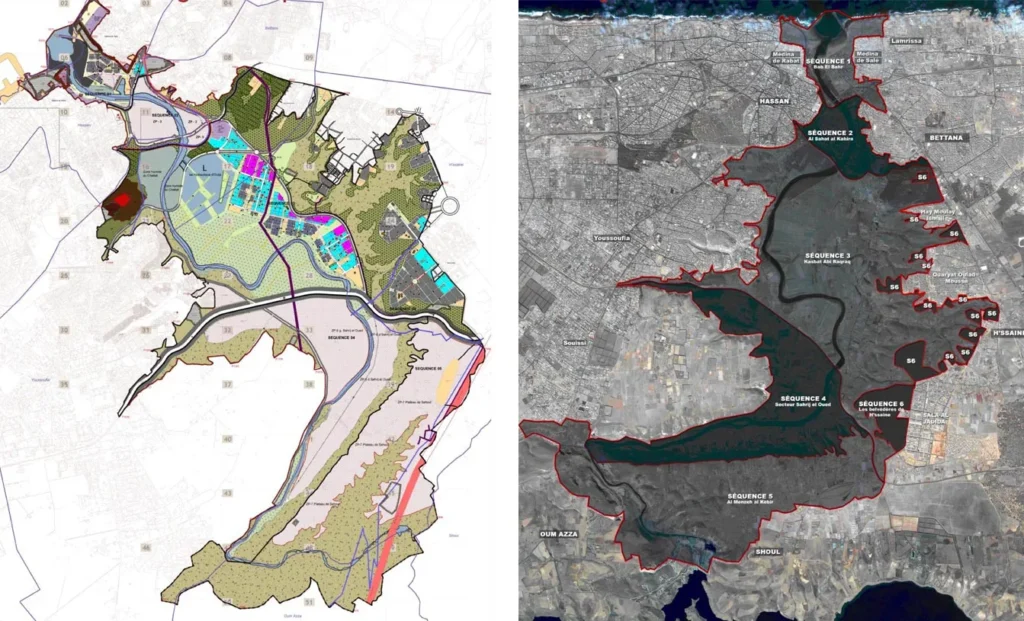
Key Projects Shaping the Cultural District
The transformation of the Bouregreg Valley is marked by a series of major projects that blend connectivity, heritage, and culture. From infrastructure to iconic architecture, these initiatives reflect Morocco’s ambition to reshape the riverbanks into a new urban and cultural core. Led by the Bouregreg Valley Development Agency (AAVB), key projects include:
- Hassan II Bridge – A 1.2 km structure uniting Rabat and Salé
- Oudayas Tunnel – Alleviating congestion near Rabat’s historic medina
- Rabat-Salé Tramway – A sustainable and accessible public transit corridor
- Bouregreg Marina – Revitalizing Salé’s riverfront into a destination for tourism and leisure
- Grand Théâtre de Rabat – A landmark cultural space designed by Zaha Hadid
- Rabat Tower – The tallest building in Africa, symbolizing the city’s modern aspirations
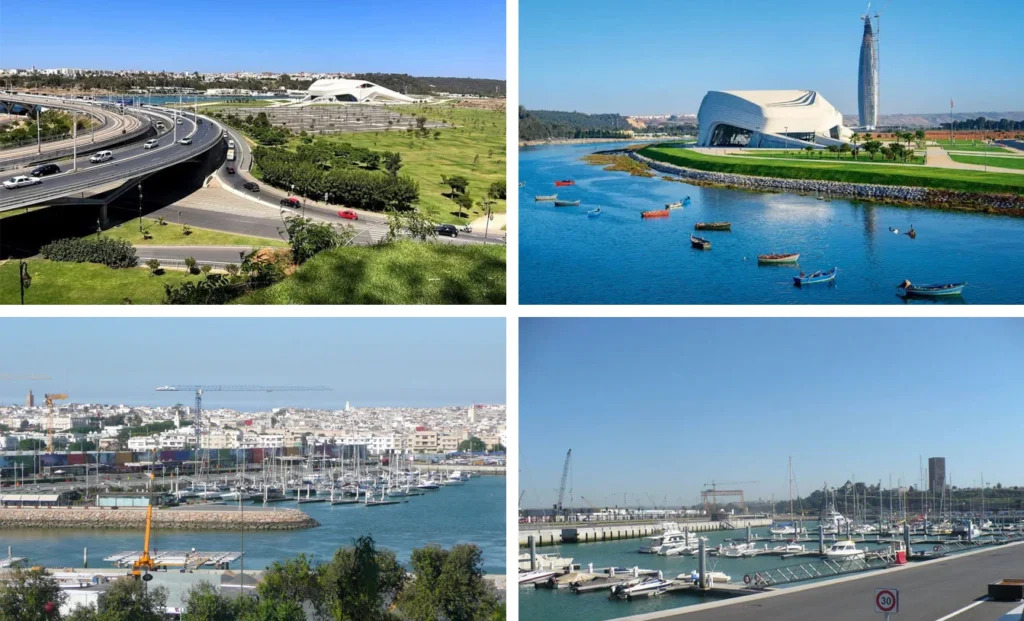
Grand Théatre de Rabat
Set along the Bouregreg River, the Grand Théatre de Rabat marks a bold cultural statement at the heart of Morocco’s waterfront transformation. Designed by Zaha Hadid Architects, this fluid sculpture form draws inspiration from the river itself, blending seamlessly into the surrounding landscape. Commissioned as a part of King Mohammed VI’s cultural revitalization program, the theatre symbolizes Morocco’s forward-looking spirit and commitment to global architectural excellence. The 27,000 square metre complex includes a theatre with 18,000 seats, an open-air amphitheater for 7,000 people, and and an experimental performance space. More than a venue, the Grand Théatre stands as a landmark of national pride. Its complex geometry required advanced three dimensional modelling and international collaboration, reflecting the innovation driving the rebirth of the Bouregreg Valley. Located between Rabat and Salé, the theatre anchors the cultural identity of the emerging district and embodies Morocco’s fusion and heritage, modernity and artistic ambition.
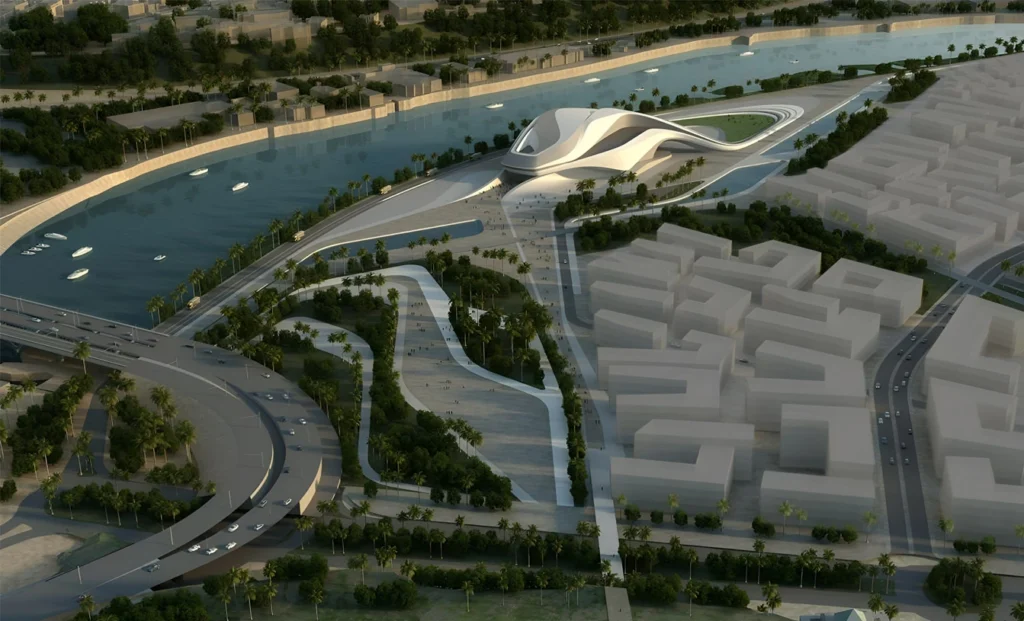
Source: author
Rabat-Salé Tramway
Crossing the Bouregreg River with efficiency and purpose, the Rabat-Salé Tramway stands as a key element in the transformation of the waterfront into a dynamic and connected cultural district. Launched in 2011 and supported by the Bouregreg Valley Development Agency, the tramway was designed to address rising urban congestion while promoting sustainable mobility between the twin cities. Spanning 20 kilometers with 31 stations, the network links major administrative centres, universities, hospitals and transport hubs on both riverbanks. Its two lines converge at the Hassan II Bridge, a symbolic crossing point at the heart of the redevelopment zone. With a capacity exceeding 110,000 daily passengers, the tramway not only eases movement but also reduces emissions, improves air quality, and enhances urban accessibility. As an essential piece of public infrastructure, the tram reflects the broader goals of the Bouregreg Valley project to create a modern, inclusive and environmentally conscious urban space. By connecting Rabat and Salé through safe and efficient transit, the system strengthens social cohesion and supports the emergence of a vibrant metropolitan identity grounded in both tradition and innovation.
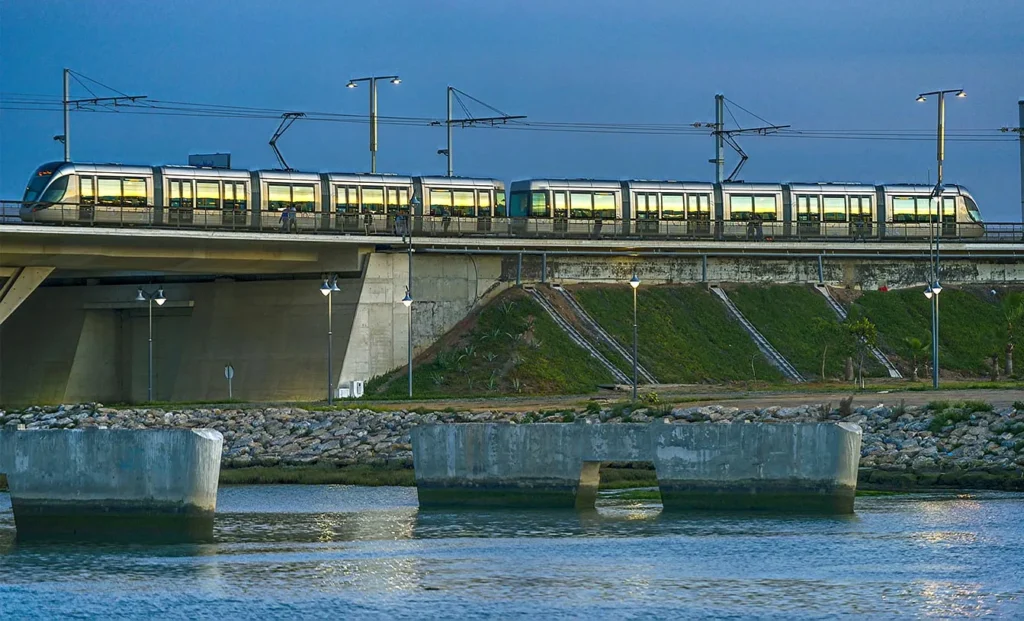
Conclusion
The Bouregreg Waterfront project stands as a powerful symbol of Morocco’s evolving urban and cultural identity. Bridging the historic cities of Rabat and Salé, this ambitious initiative has reimagined the Bouregreg Valley as a cohesive and vibrant cultural district that integrates sustainability, heritage, and innovation. Through transformative projects like the Grand Théâtre de Rabat and the Rabat-Salé Tramway, the redevelopment not only enhances infrastructure and mobility but also asserts Morocco’s global architectural and cultural aspirations.
References
- Amarouche, M., & Bogaert, K. (2019). Reshaping space and time in Morocco: The agencification of urban government and its effects in the Bouregreg Valley (Rabat/Salé). Middle East – Topics & Arguments, 12, 89–101.
- Hamukoma, N., Doyle, N., & Muzenda, A. (2018). Rabat and Salé – Bridging the gap (Brenthurst Discussion Paper 13/2018). The Brenthurst Foundation.
- Union for the Mediterranean. (n.d.). Bouregreg Valley development project. https://ufmsecretariat.org/wp-content/uploads/2017/12/TUD-Bouregreg_EN.pdf
- Elhamdouni, S., Idrissi, Y., Cherkaoui, E., Nounah, A., & Khamar, M. (2024). Dynamics of urbanization in the city of Rabat-Morocco, which sustainable transition? Civil and Environmental Engineering, 20(2), 1140–1151.
- Zaha Hadid Architects. (n.d.). Grand Théâtre de Rabat. https://www.zaha-hadid.com/architecture/grand-theatre-de-rabat/
- Incide Engineering. (n.d.). Case study – Grand Théâtre de Rabat.
- Arab Urban Development Institute. (2025). Rabat Salé tramway.
- Arab Urban Development Institute. (n.d.). Bouregreg Valley redevelopment project.
- Bouregreg Valley Development Agency. (n.d.). Rabat–Salé tramway.
- Bouregreg Valley Development Agency. (n.d.). Bouregreg Valley Development.
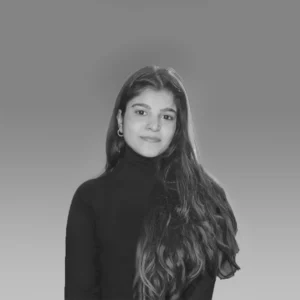
Tanvi Bhatia
About the author
Tanvi Bhatia is a design professional with a background in architecture, urban design and landscape planning. She holds a Bachelor’s degree in Architecture from Manipal University Jaipur, India. Passionate about creating spaces that reflect identity and purpose, her interests include inclusive urban environments, urban mobility, sustainable materials and nature-based planning, and human-centered, research-informed spatial design.
Related articles
UDL GIS
Masterclass
Gis Made Easy- Learn to Map, Analyse and Transform Urban Futures
Session Dates
15th-19th December 2025

Urban Design Lab
Be the part of our Network
Stay updated on workshops, design tools, and calls for collaboration
Curating the best graduate thesis project globally!
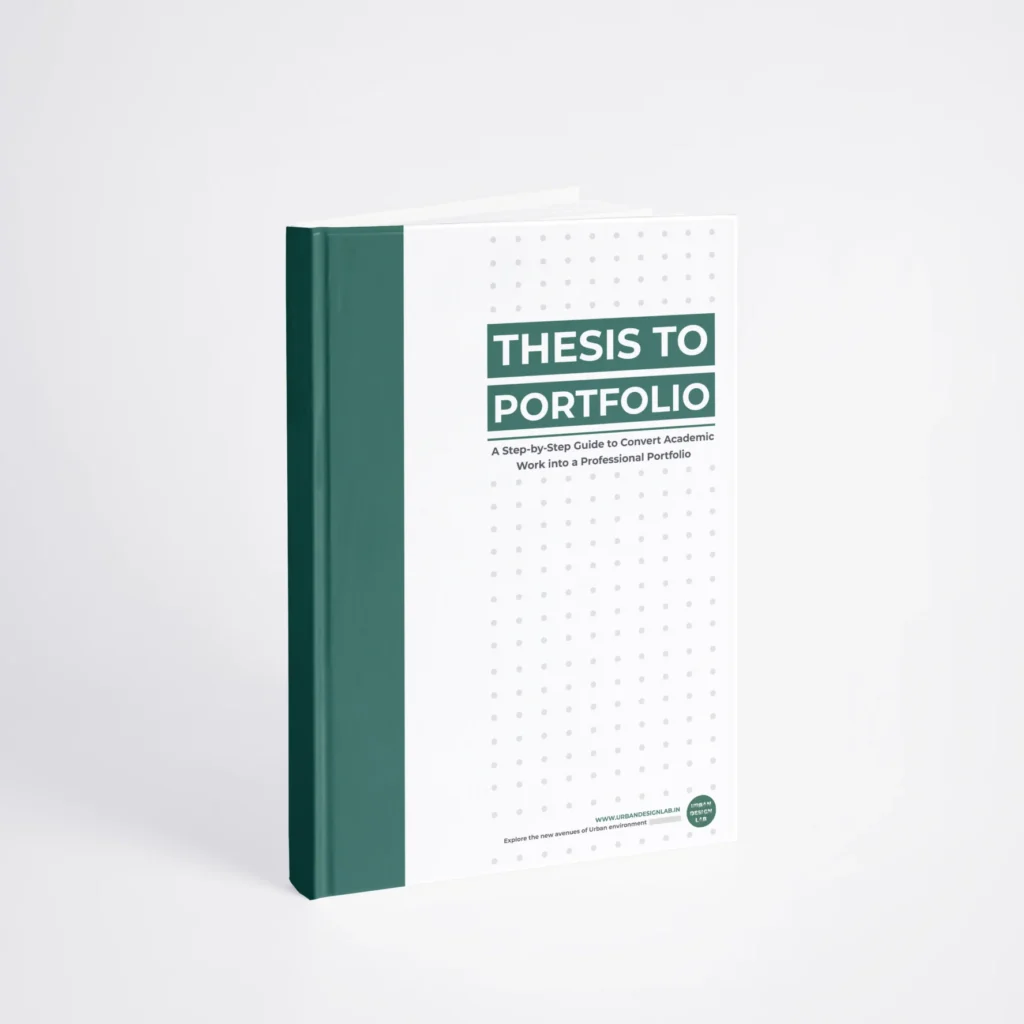
Free E-Book
From thesis to Portfolio
A Guide to Convert Academic Work into a Professional Portfolio”
Recent Posts
- Article Posted:
- Article Posted:
- Article Posted:
- Article Posted:
- Article Posted:
- Article Posted:
- Article Posted:
- Article Posted:
- Article Posted:
- Article Posted:
- Article Posted:
- Article Posted:
- Article Posted:
- Article Posted:
- Article Posted:
Sign up for our Newsletter
“Let’s explore the new avenues of Urban environment together “
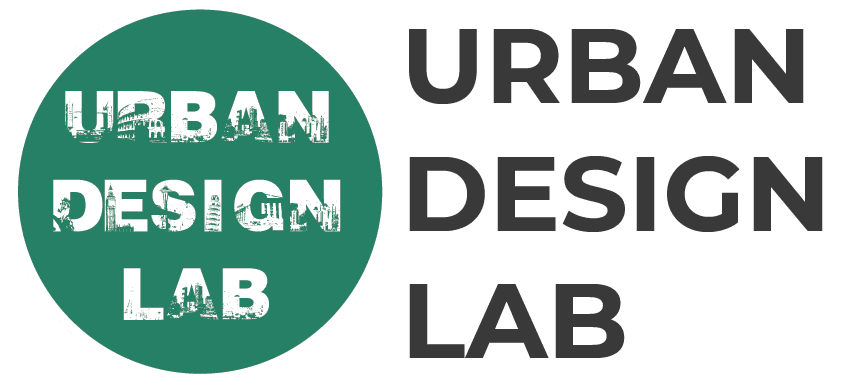
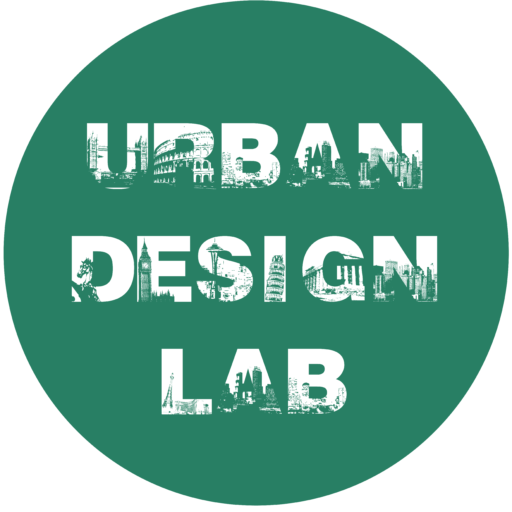
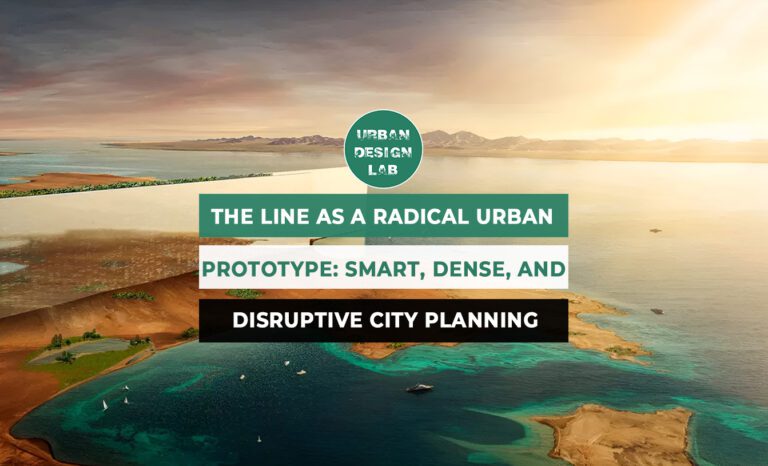
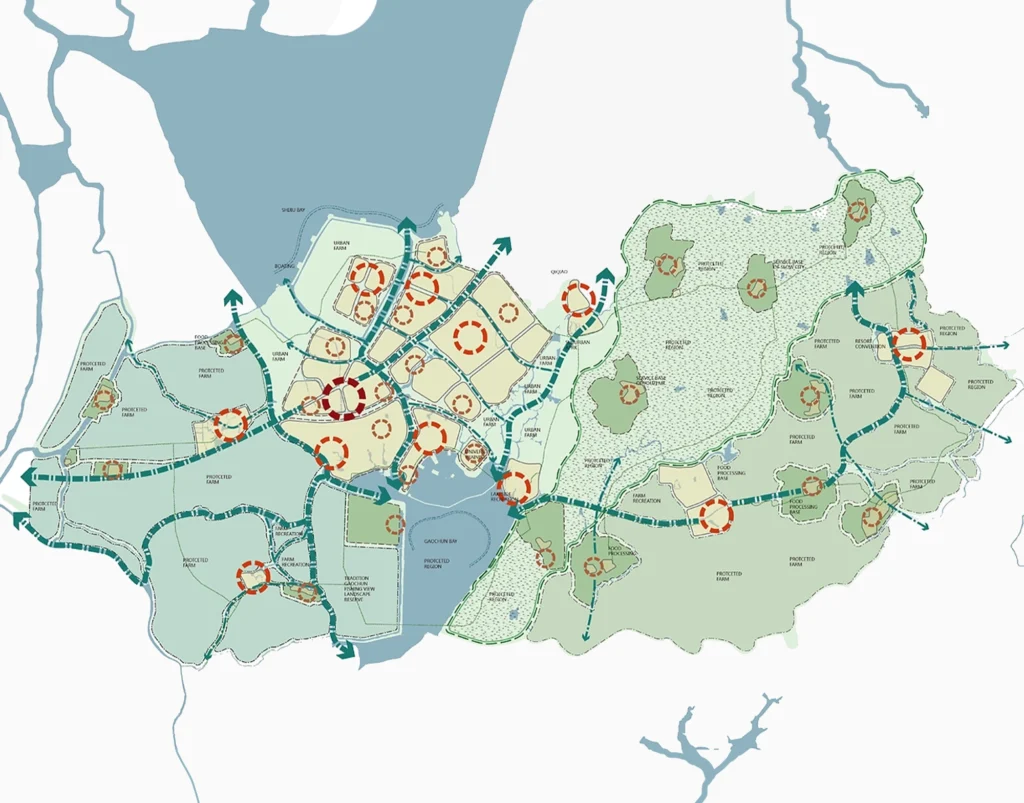
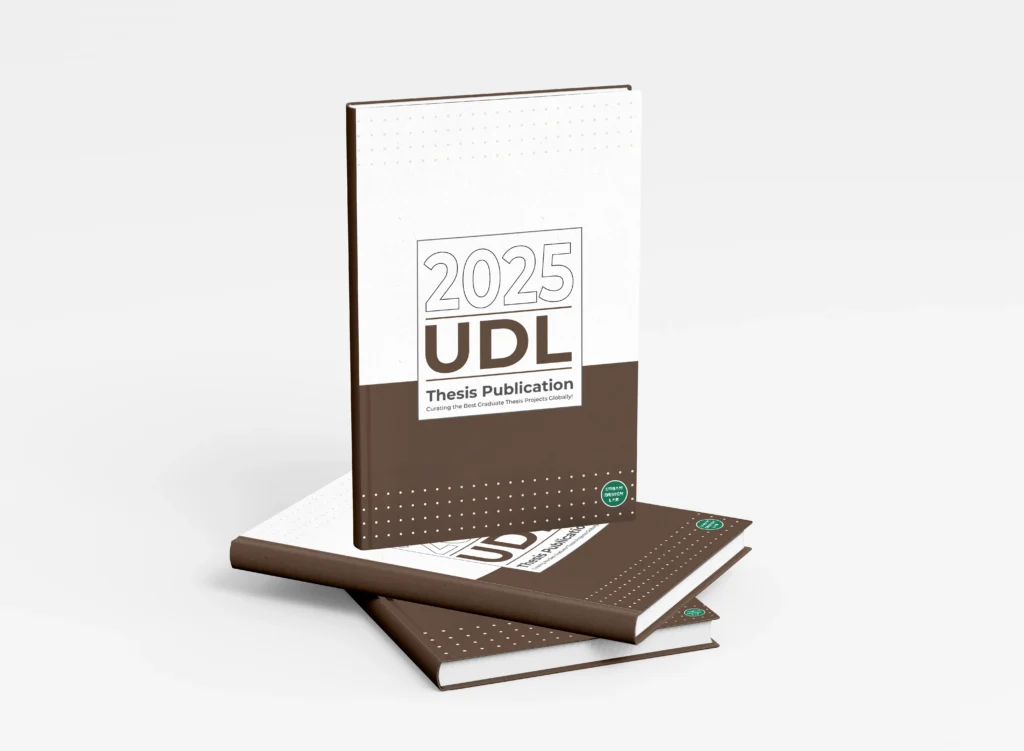
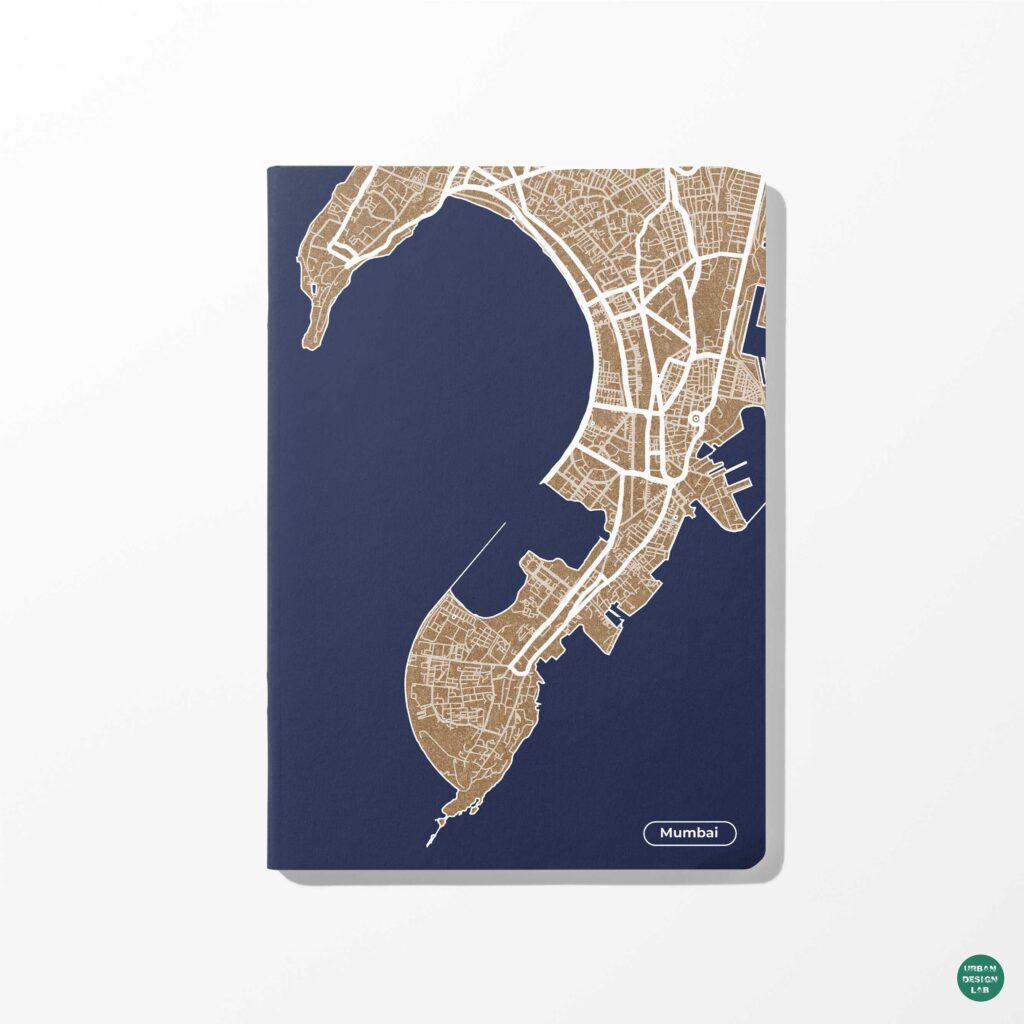
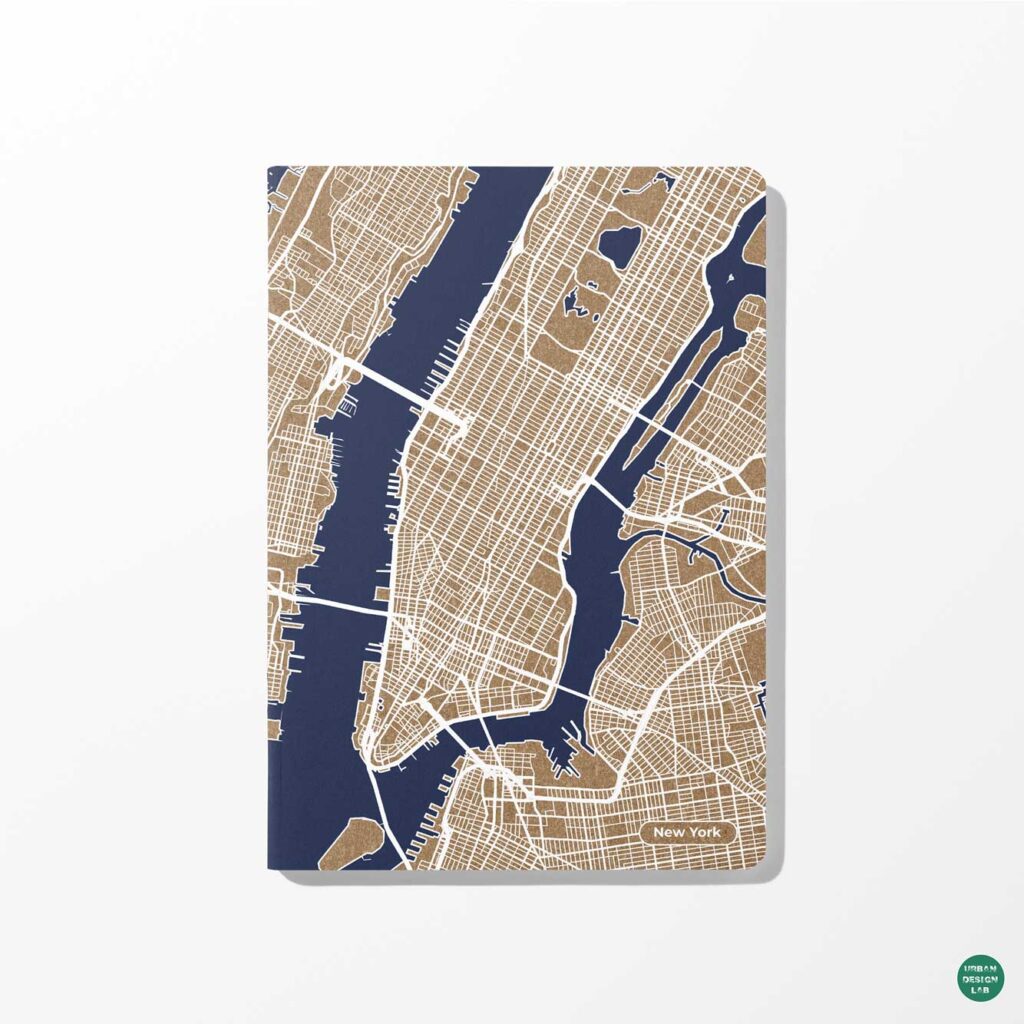
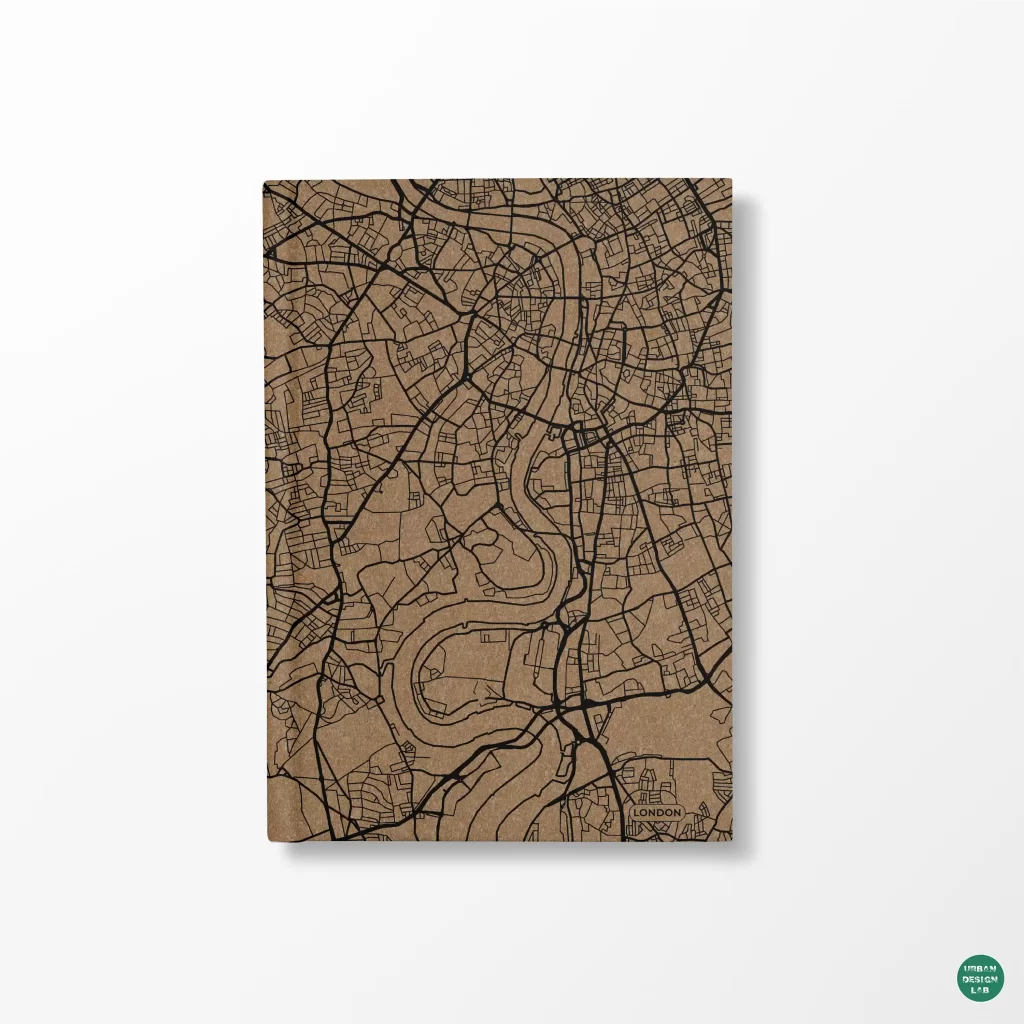
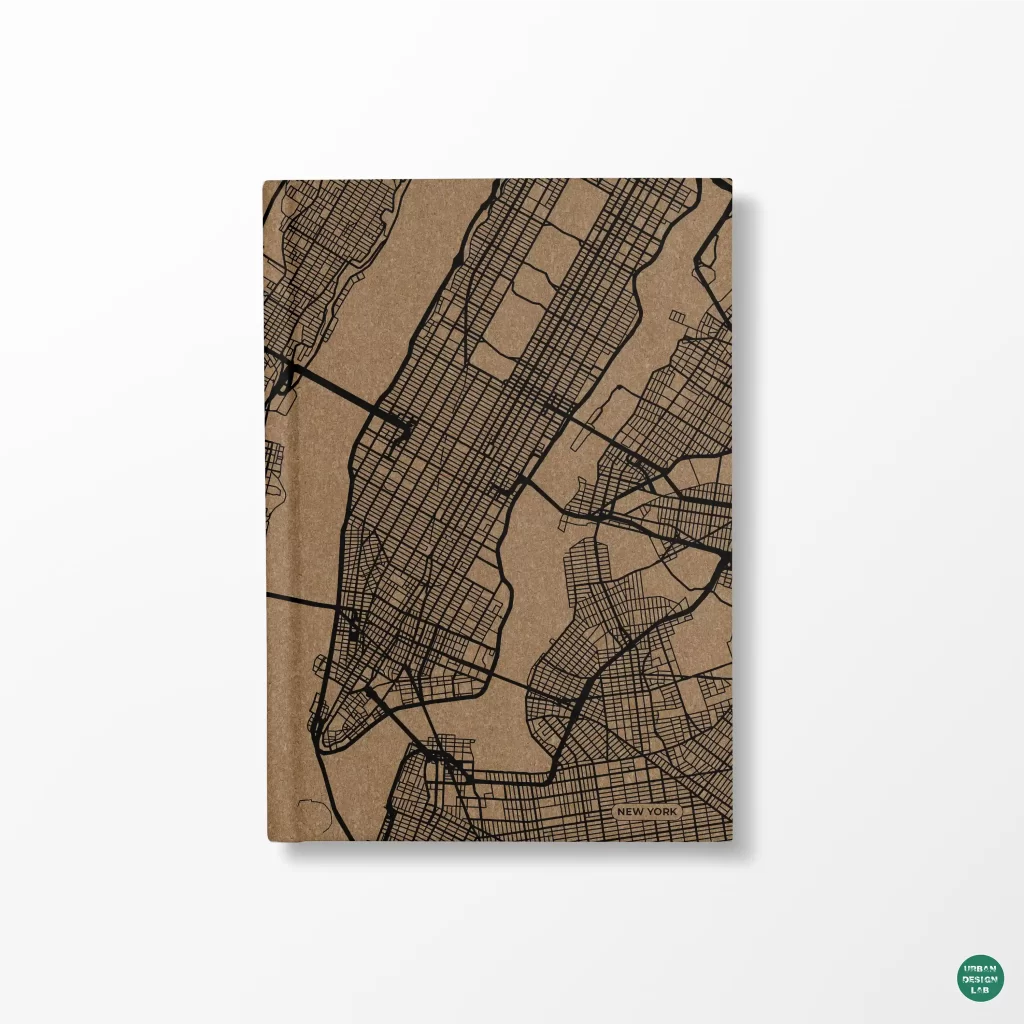
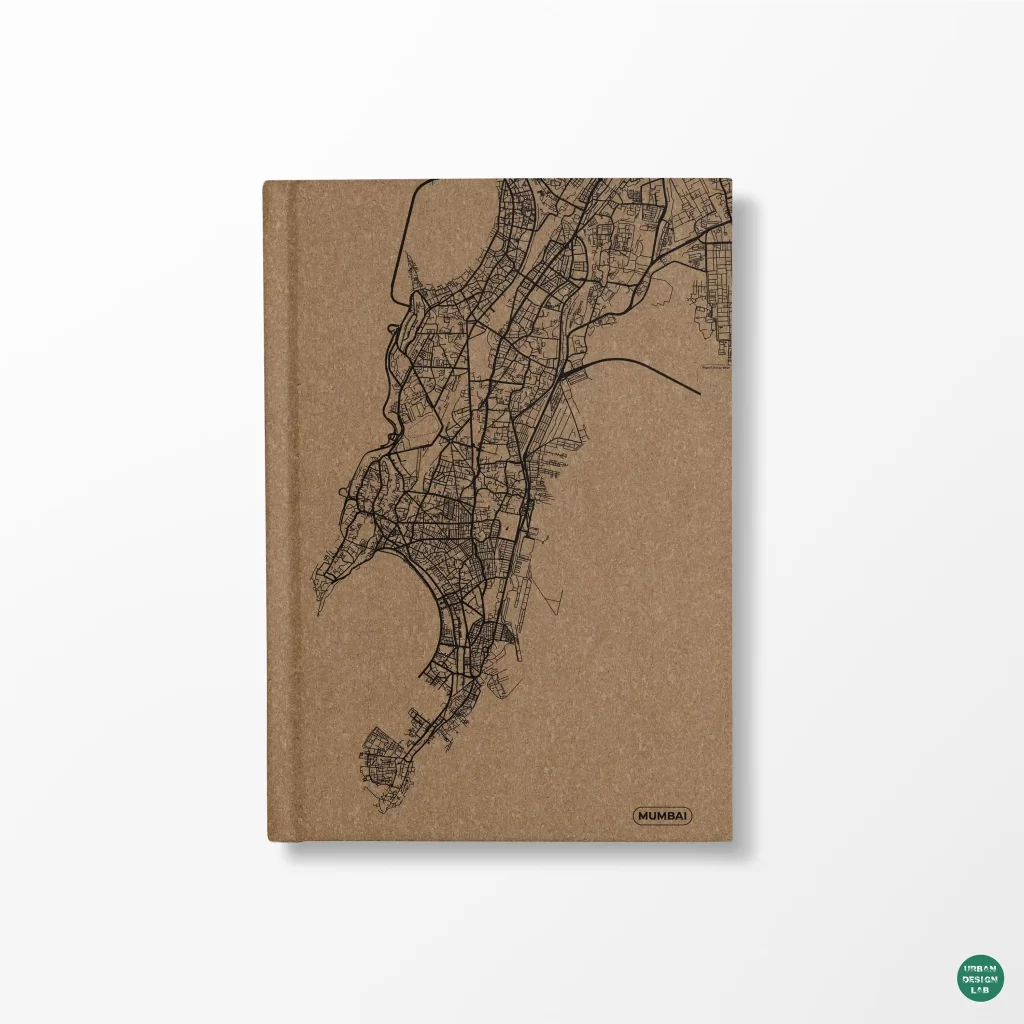
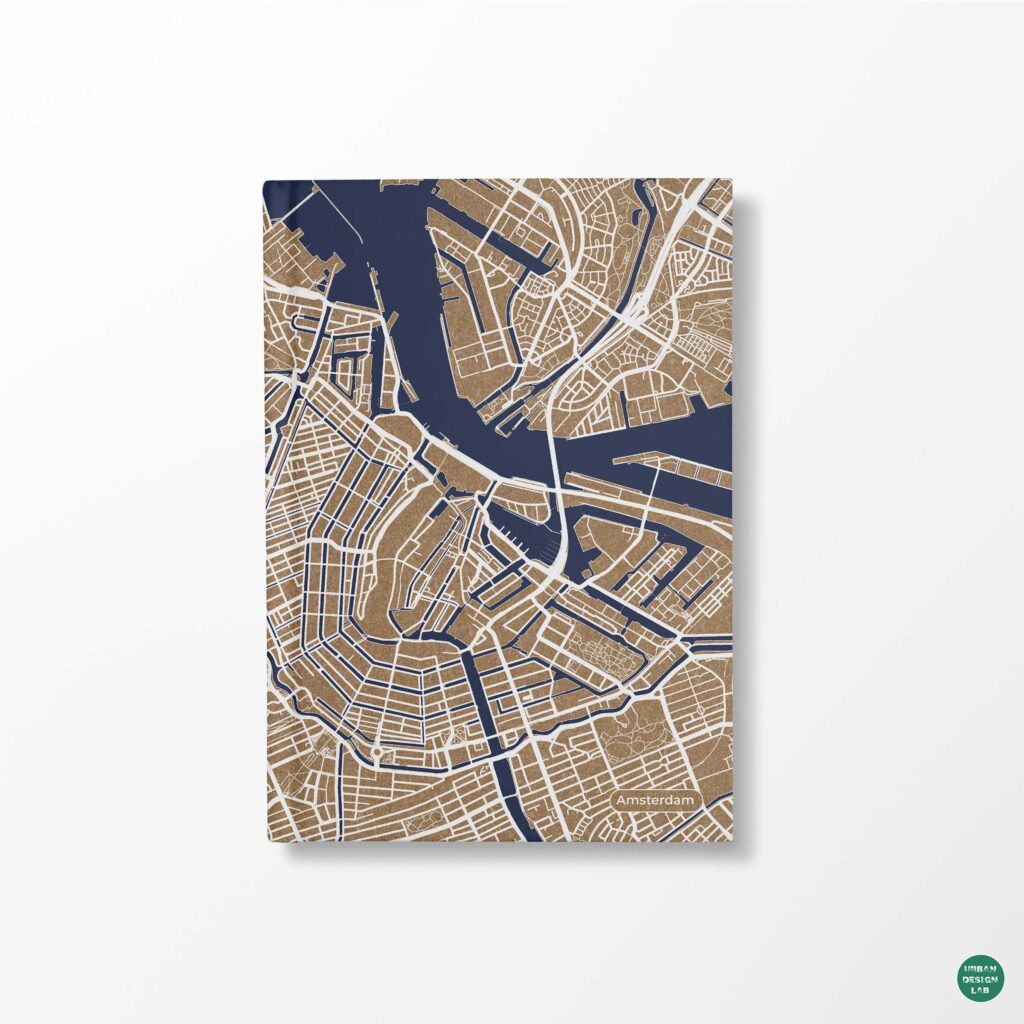
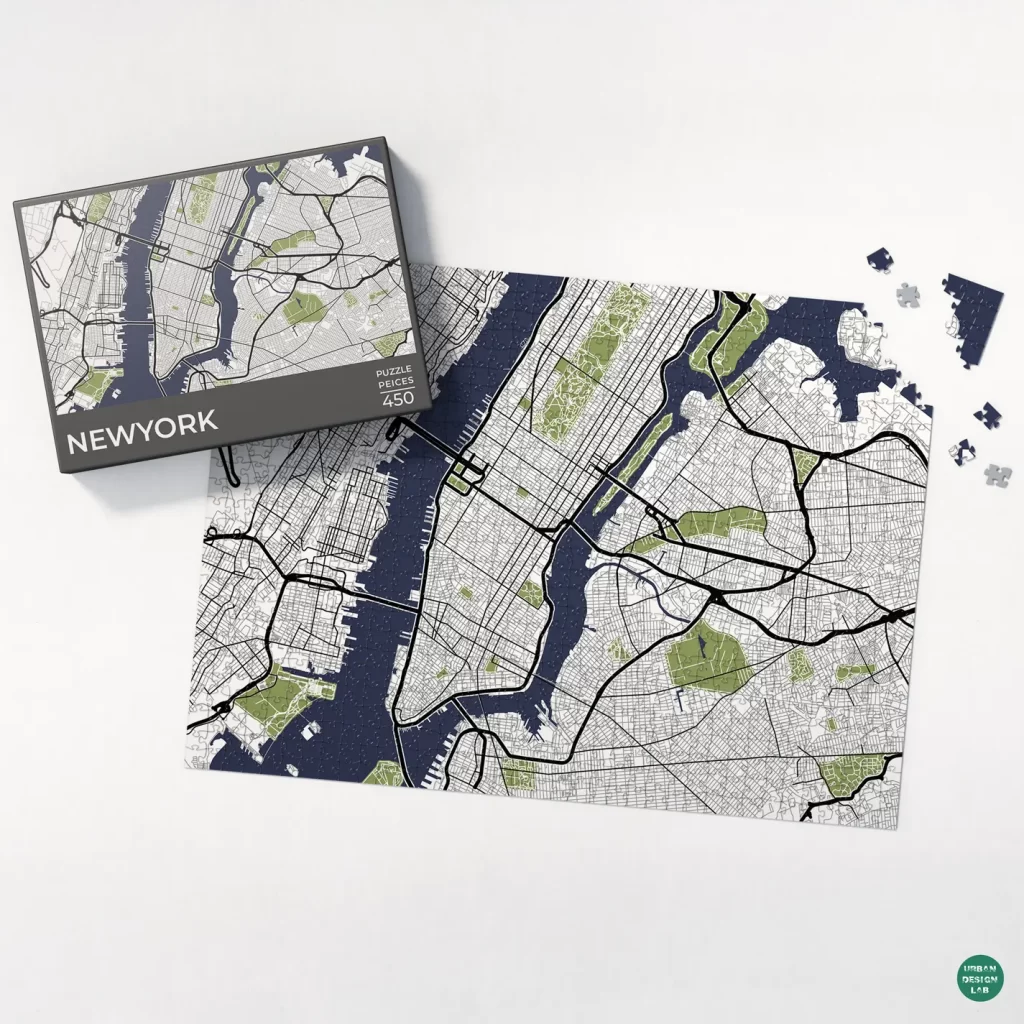
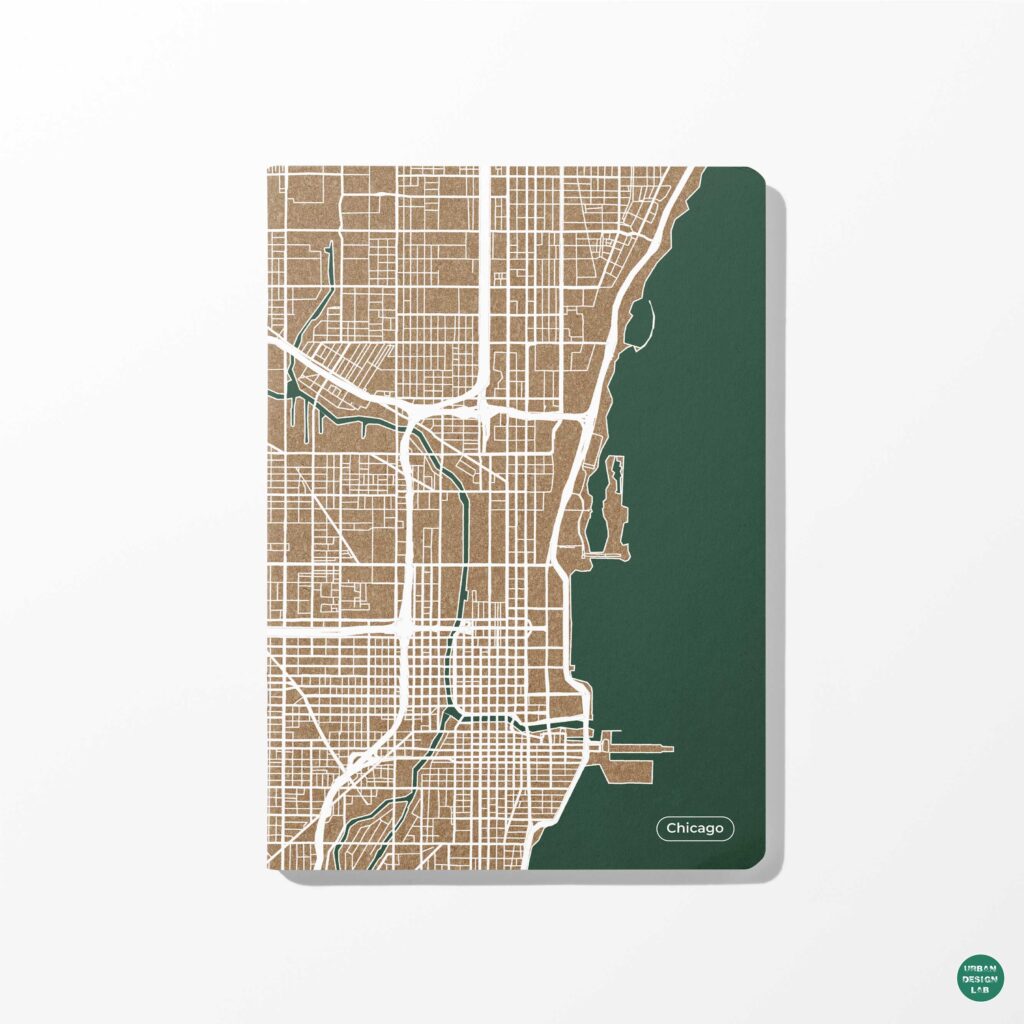
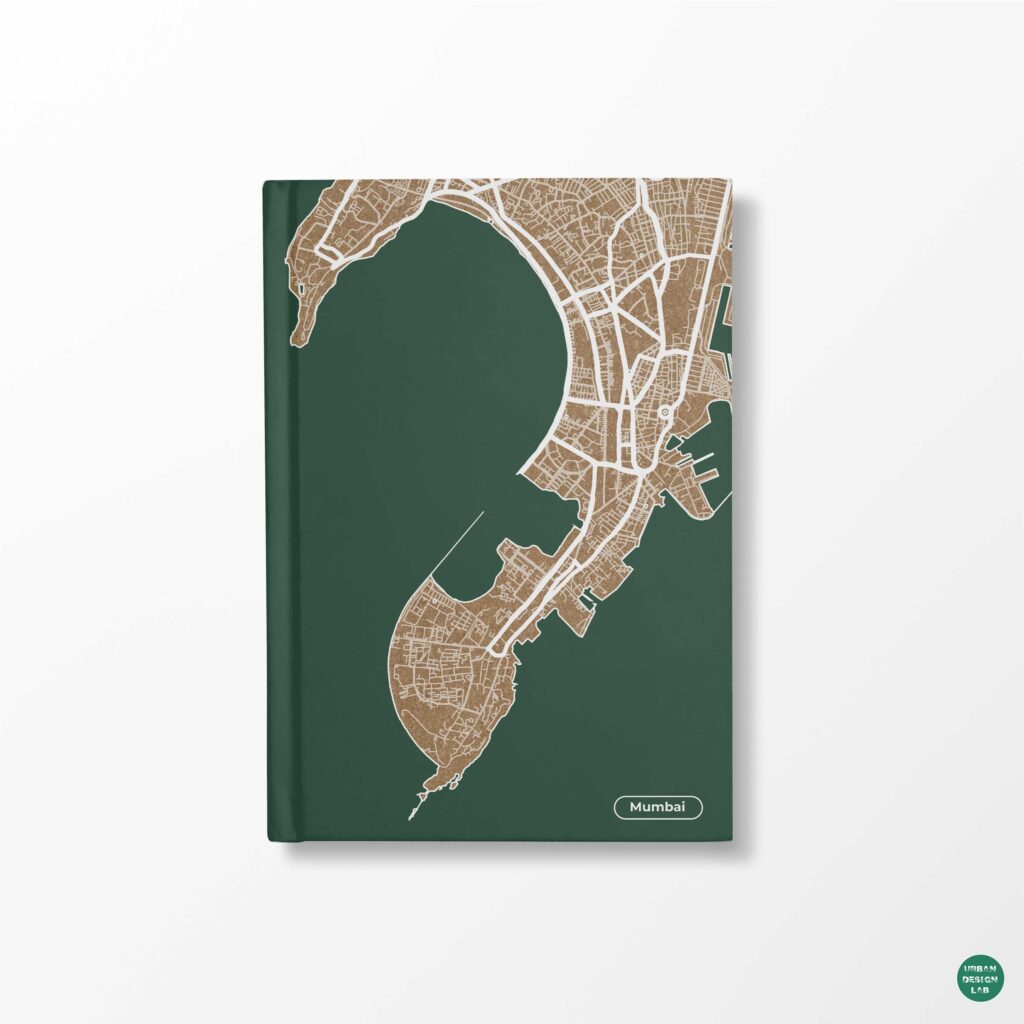
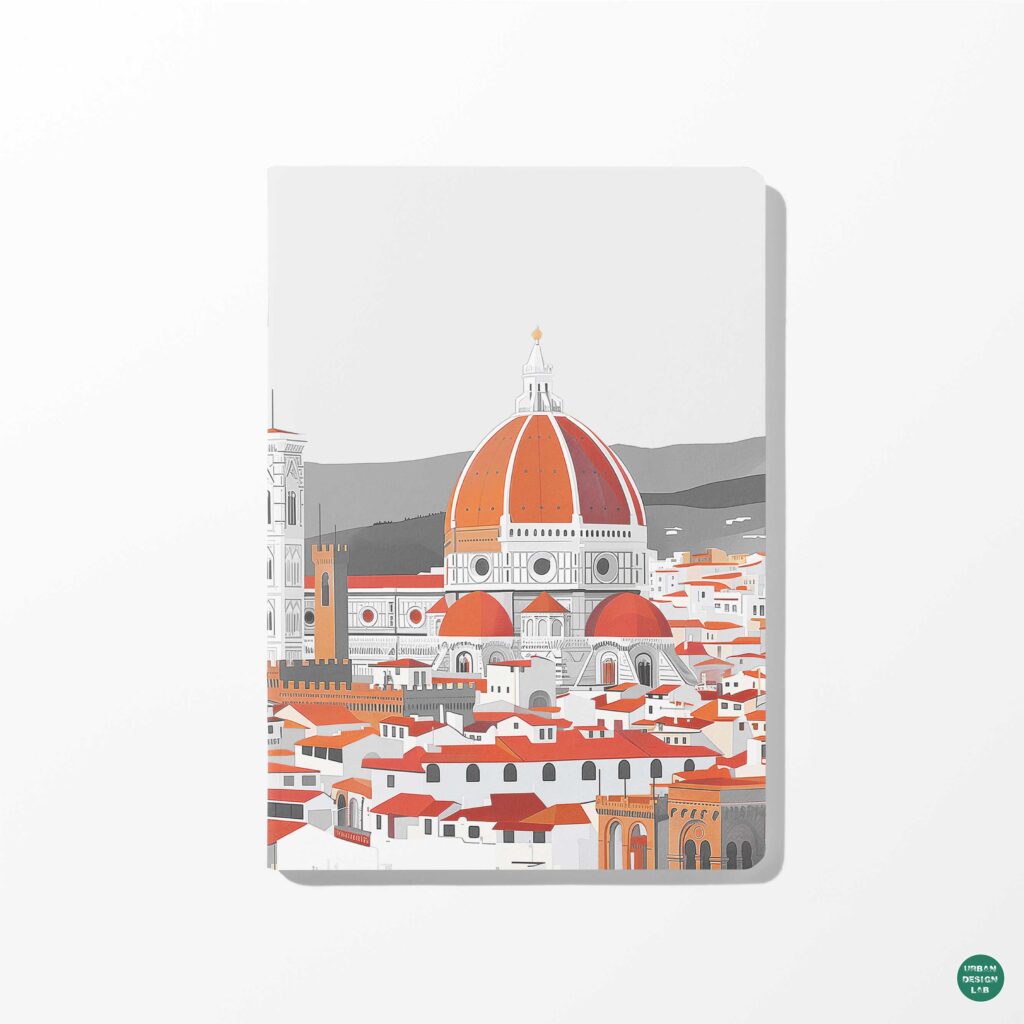

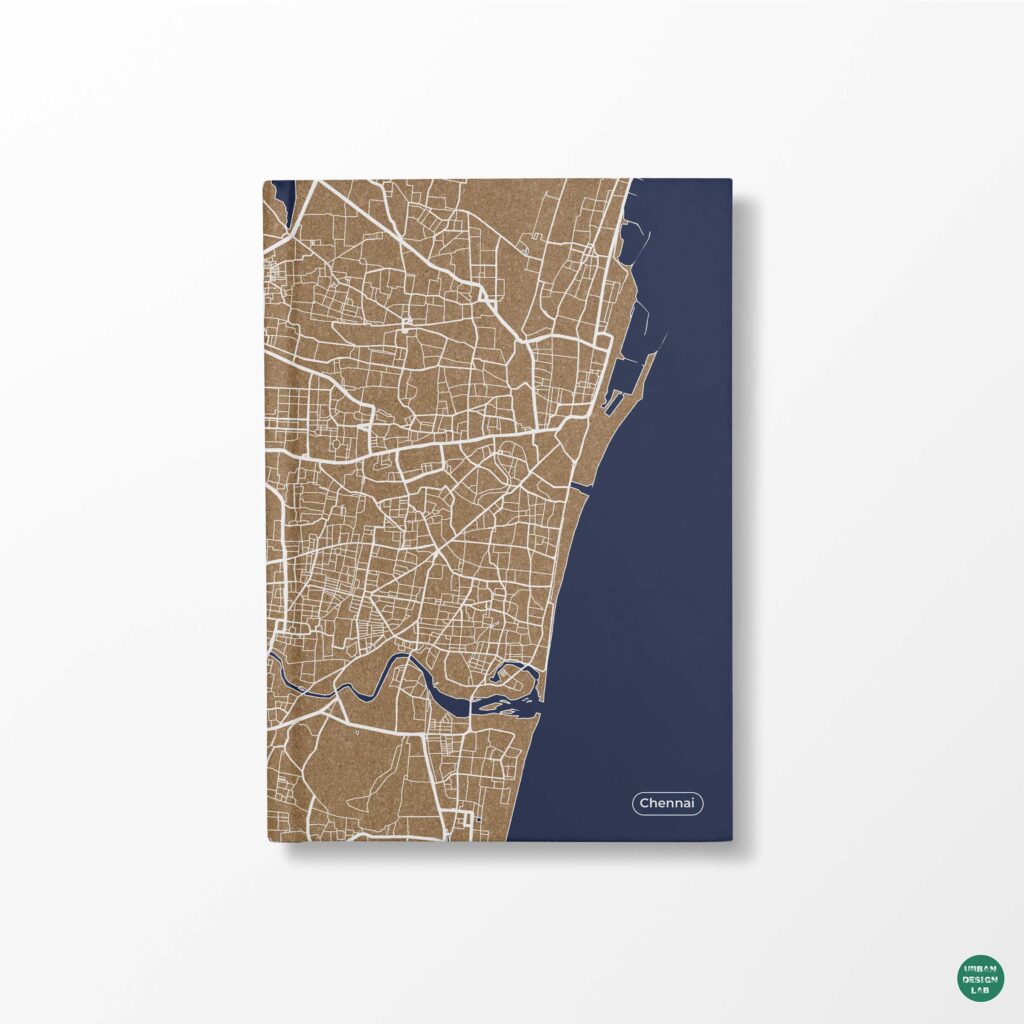
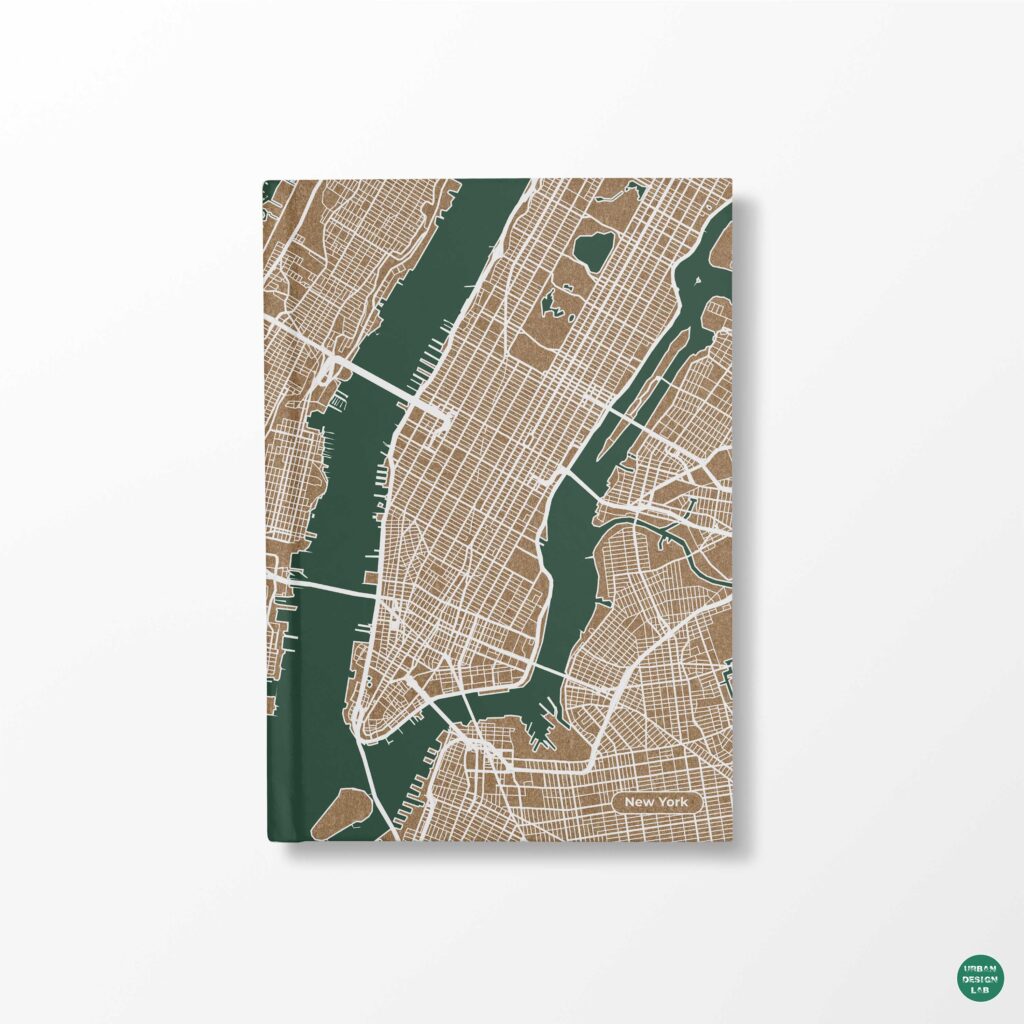
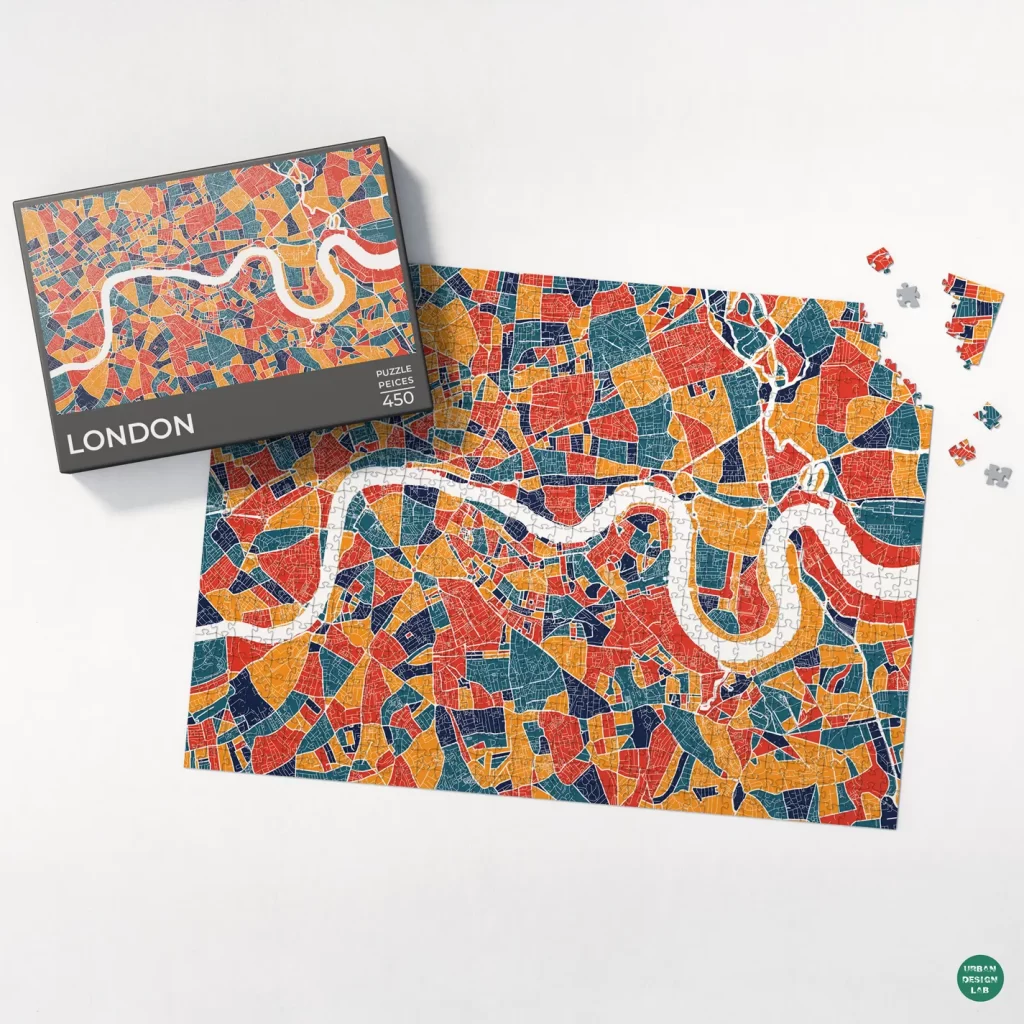
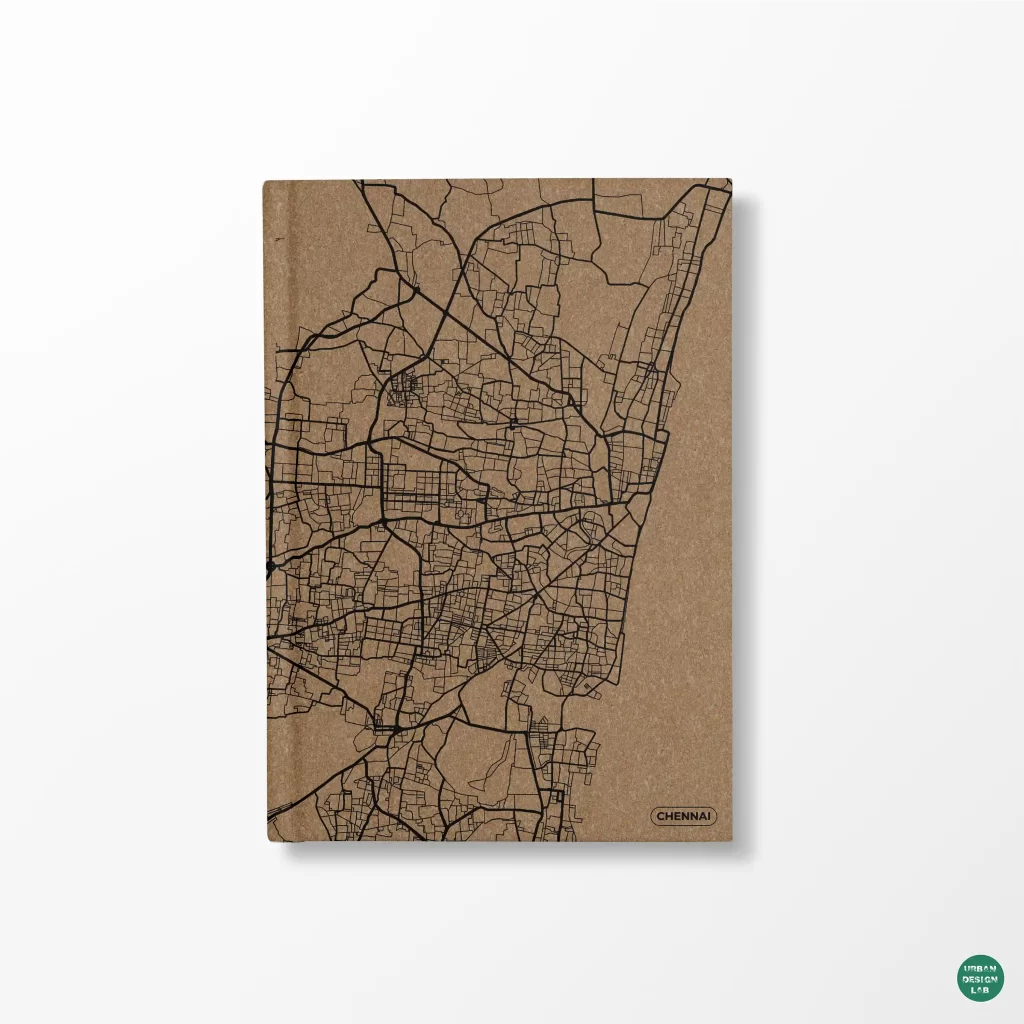
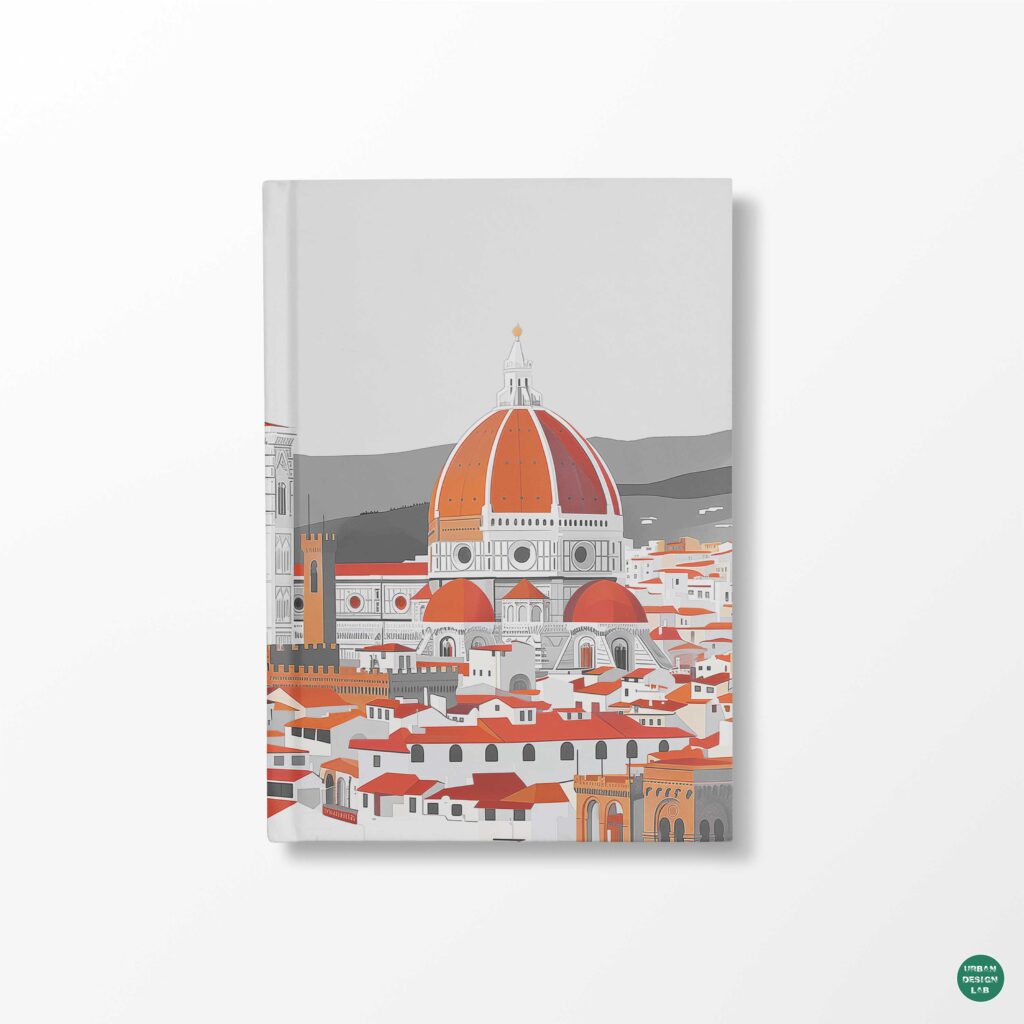
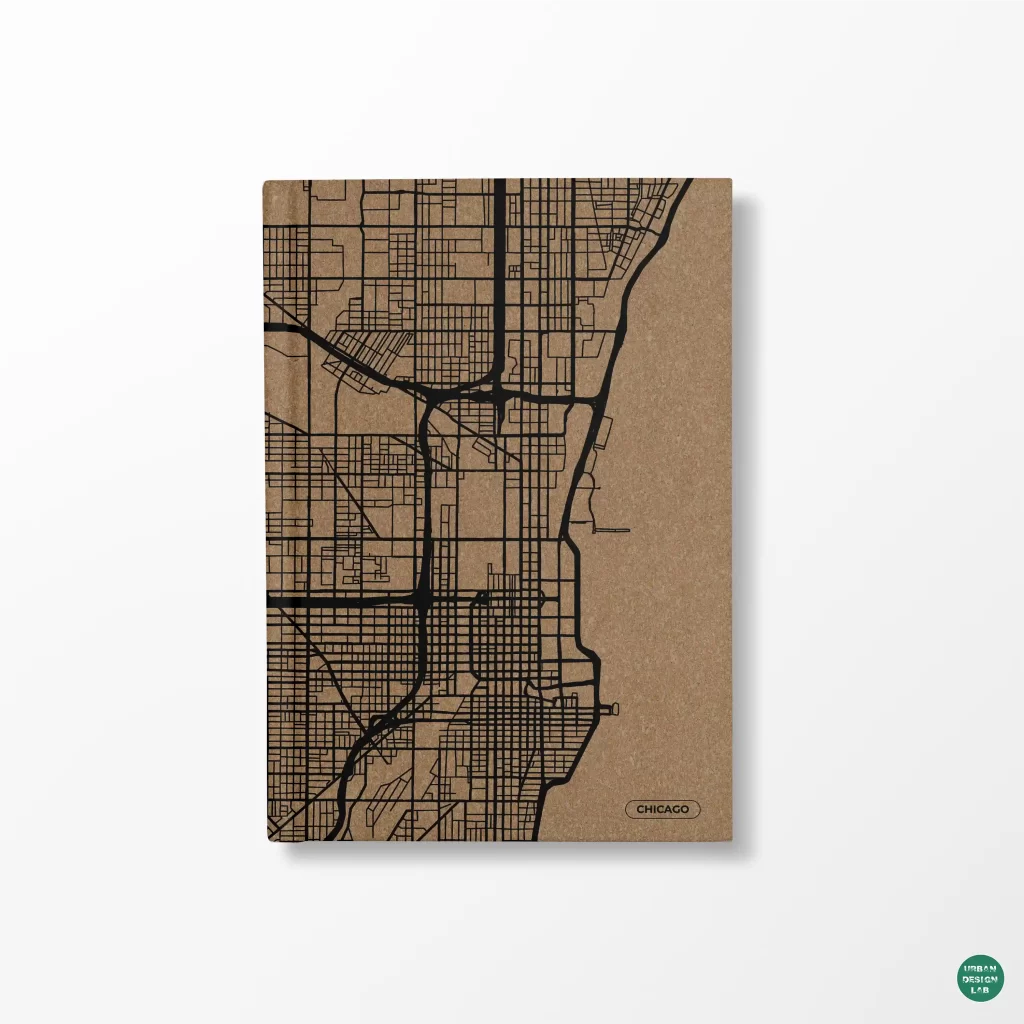
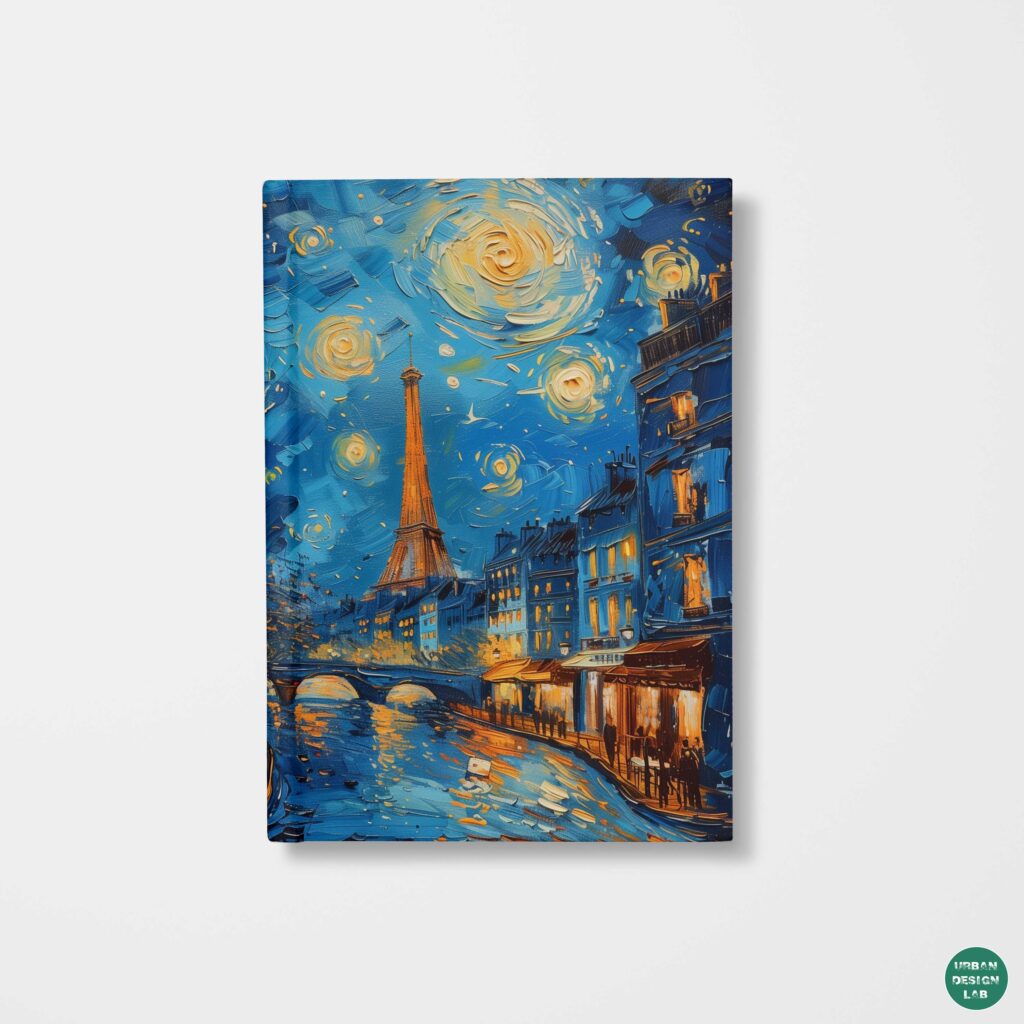
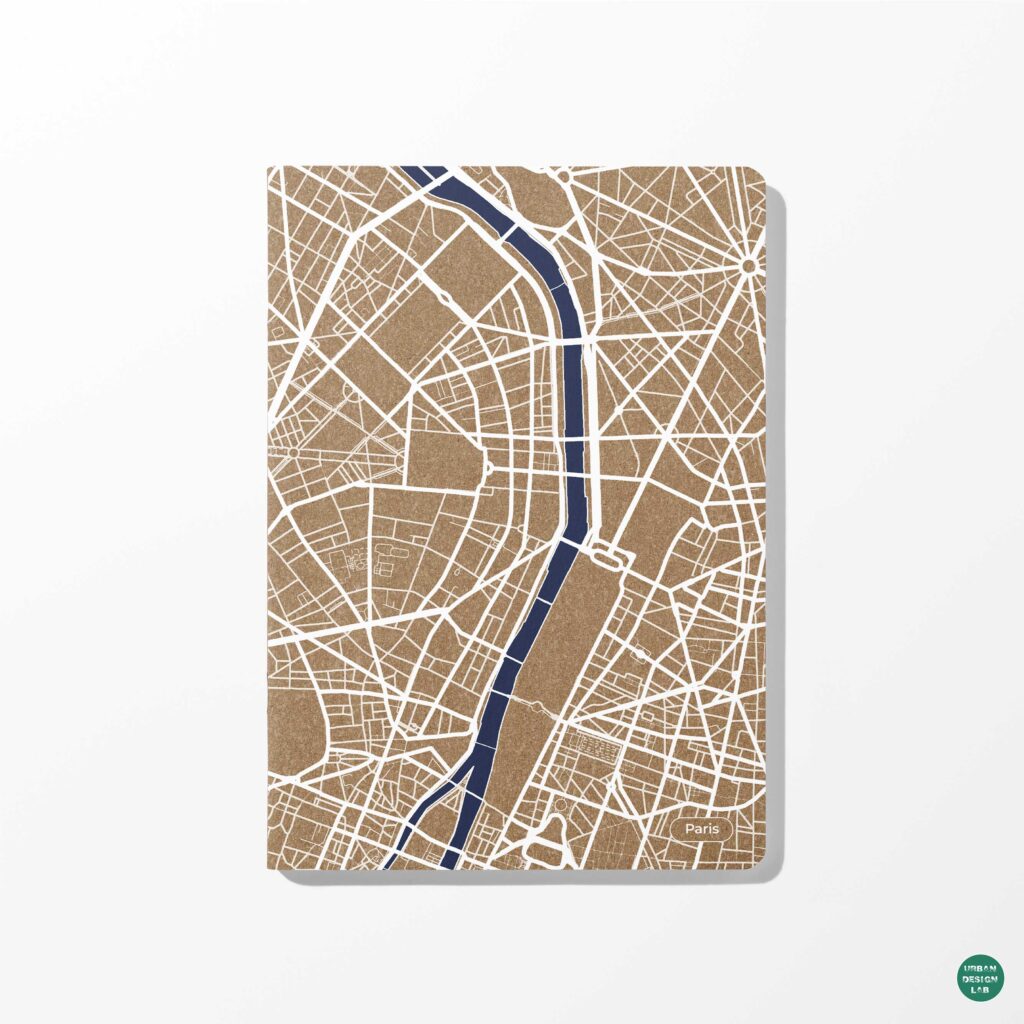



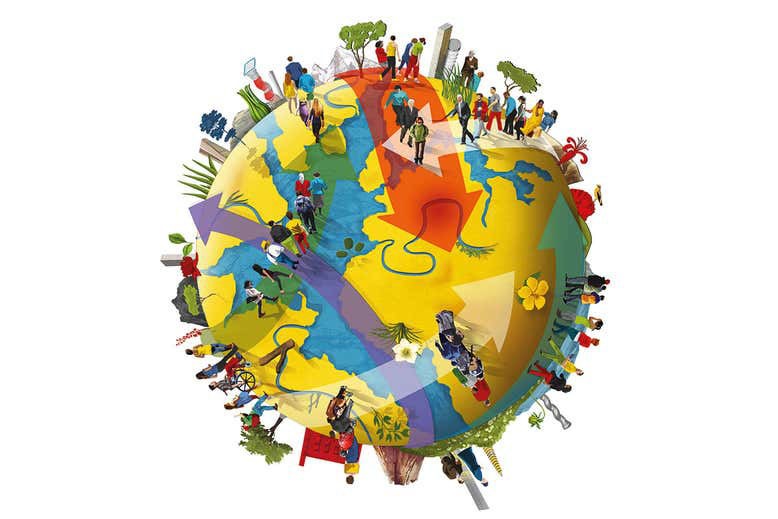

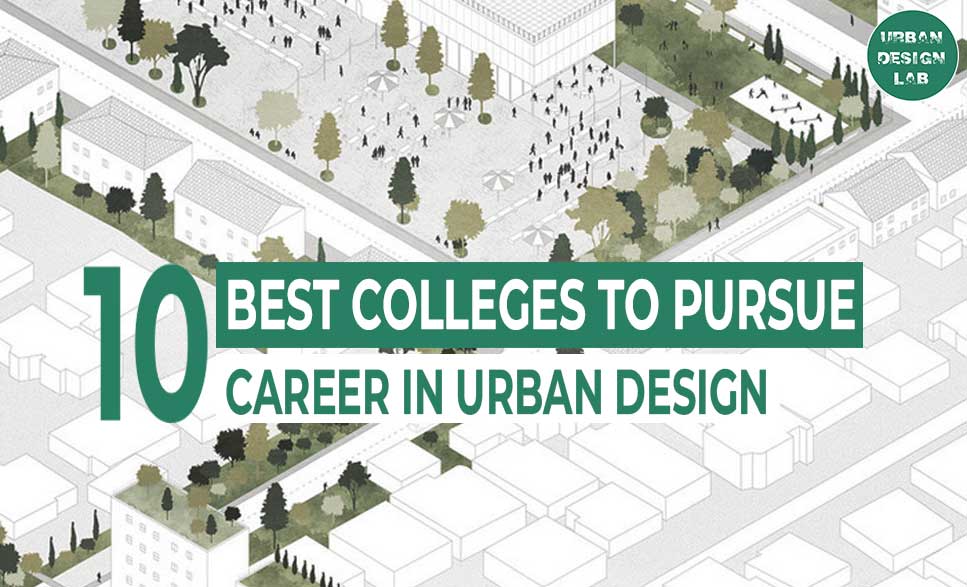
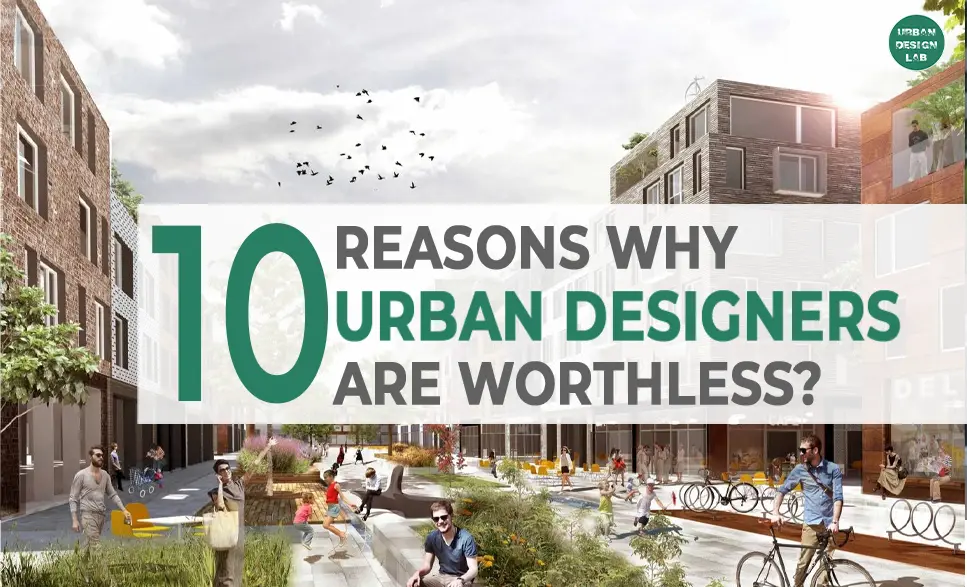
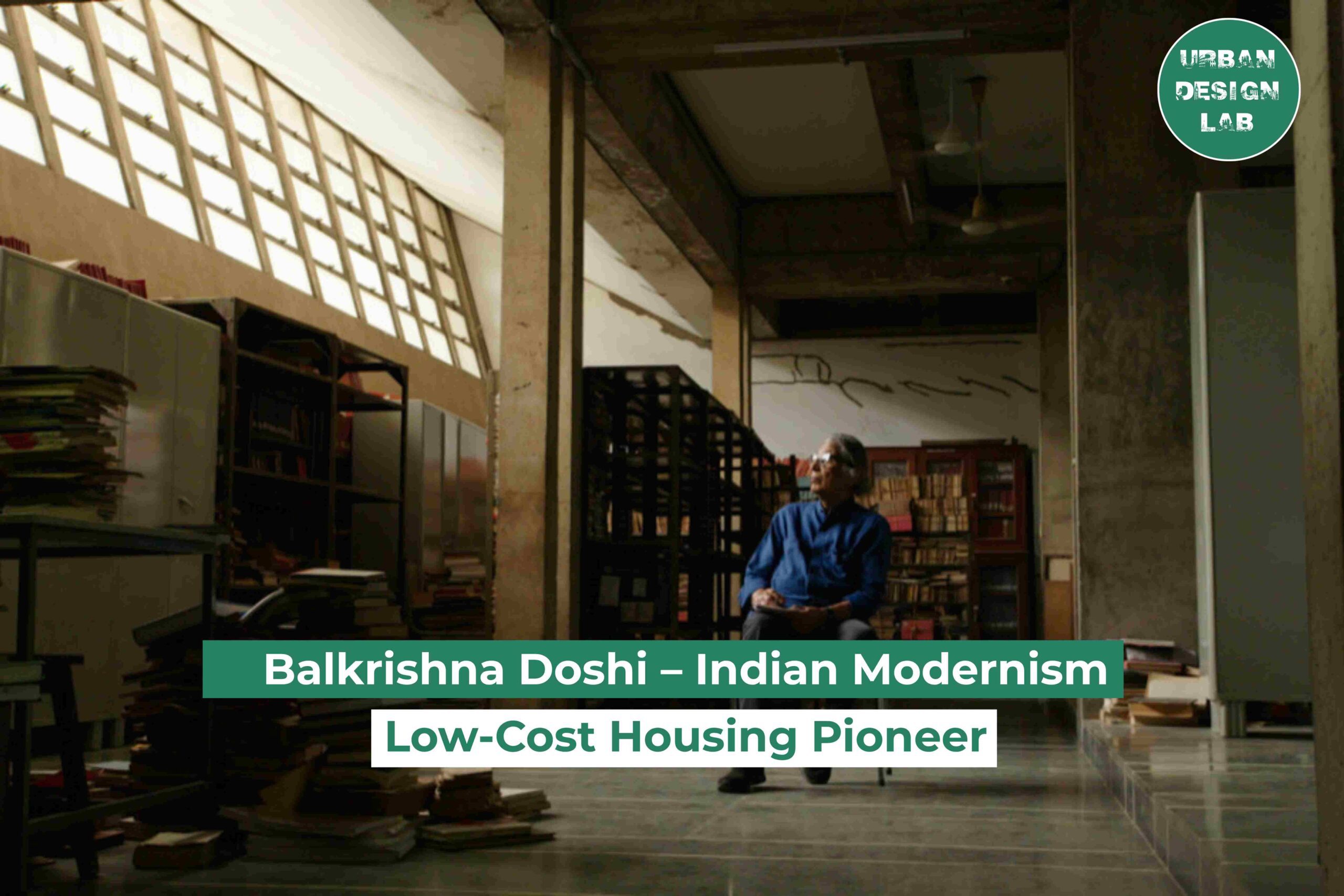

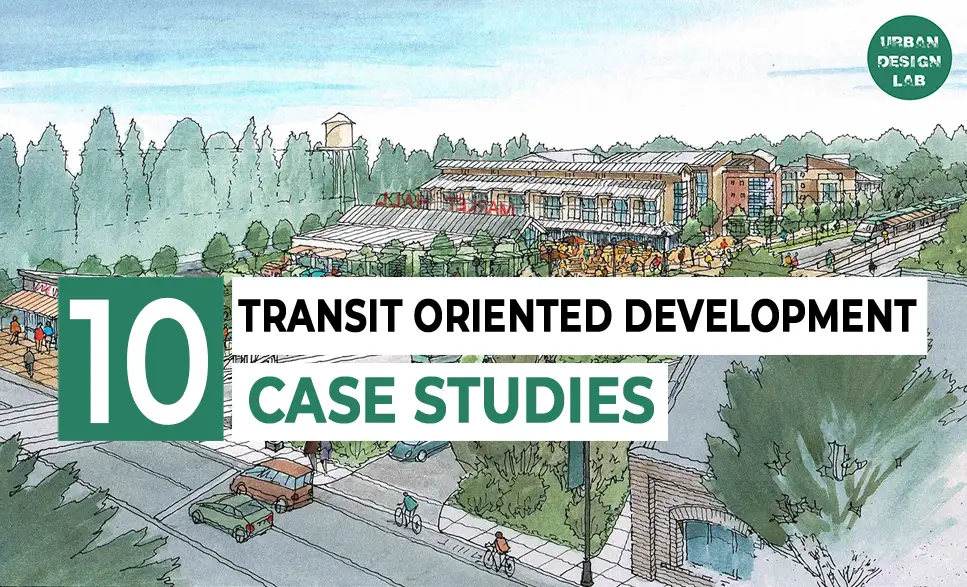
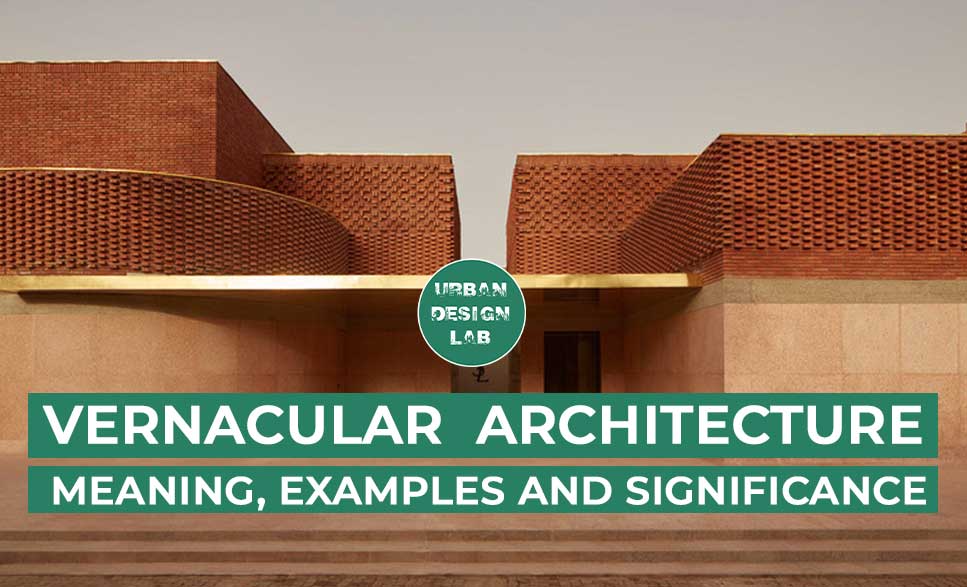


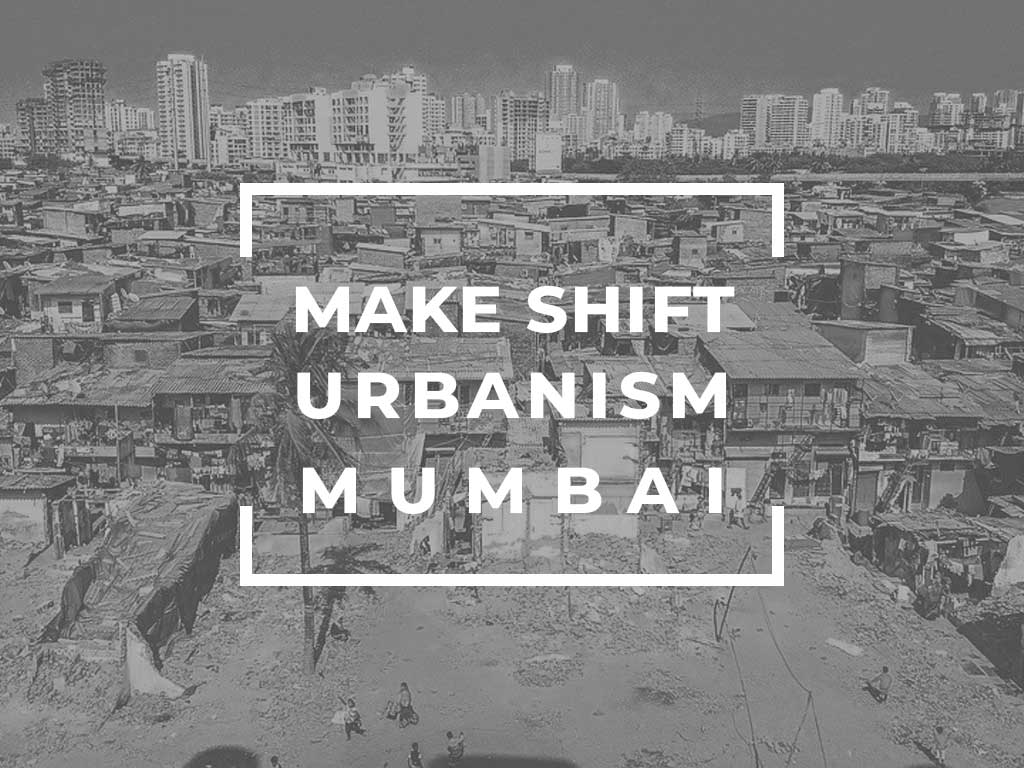


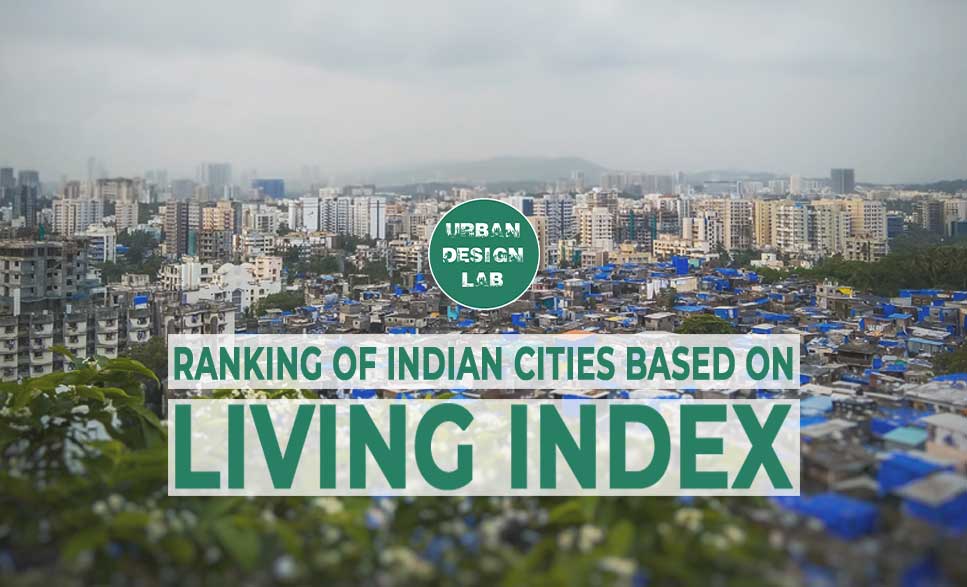



2 Comments
This content is really helpful, especially for beginners like me.
This gave me a whole new perspective. Thanks for opening my eyes.